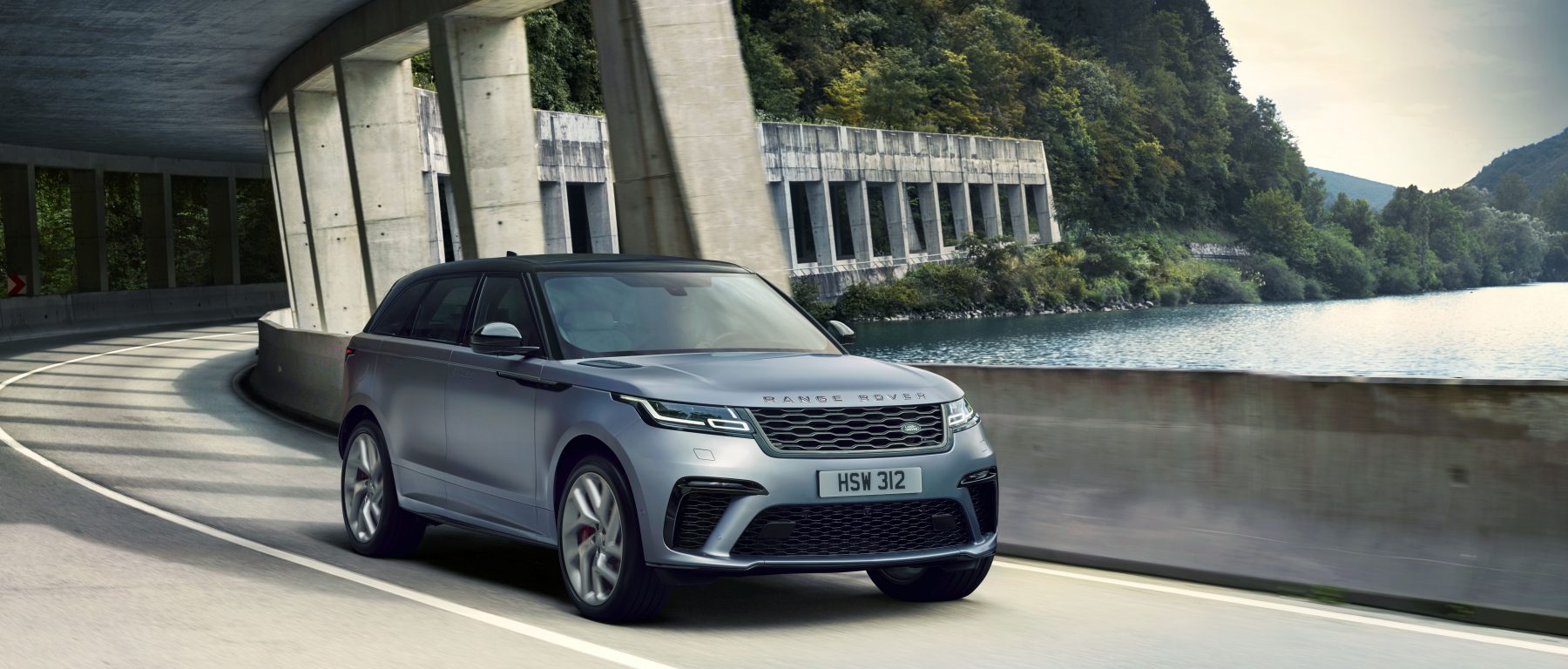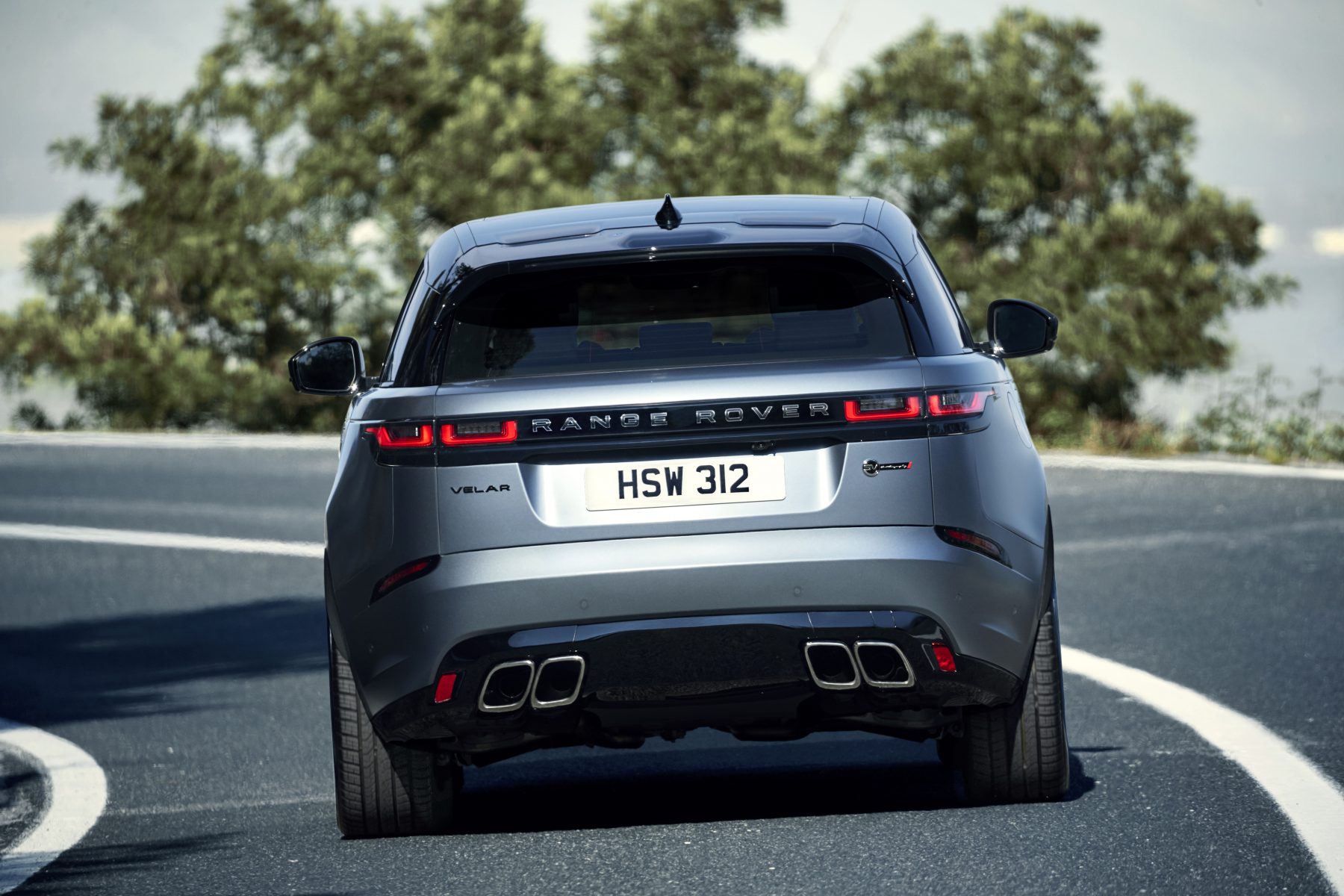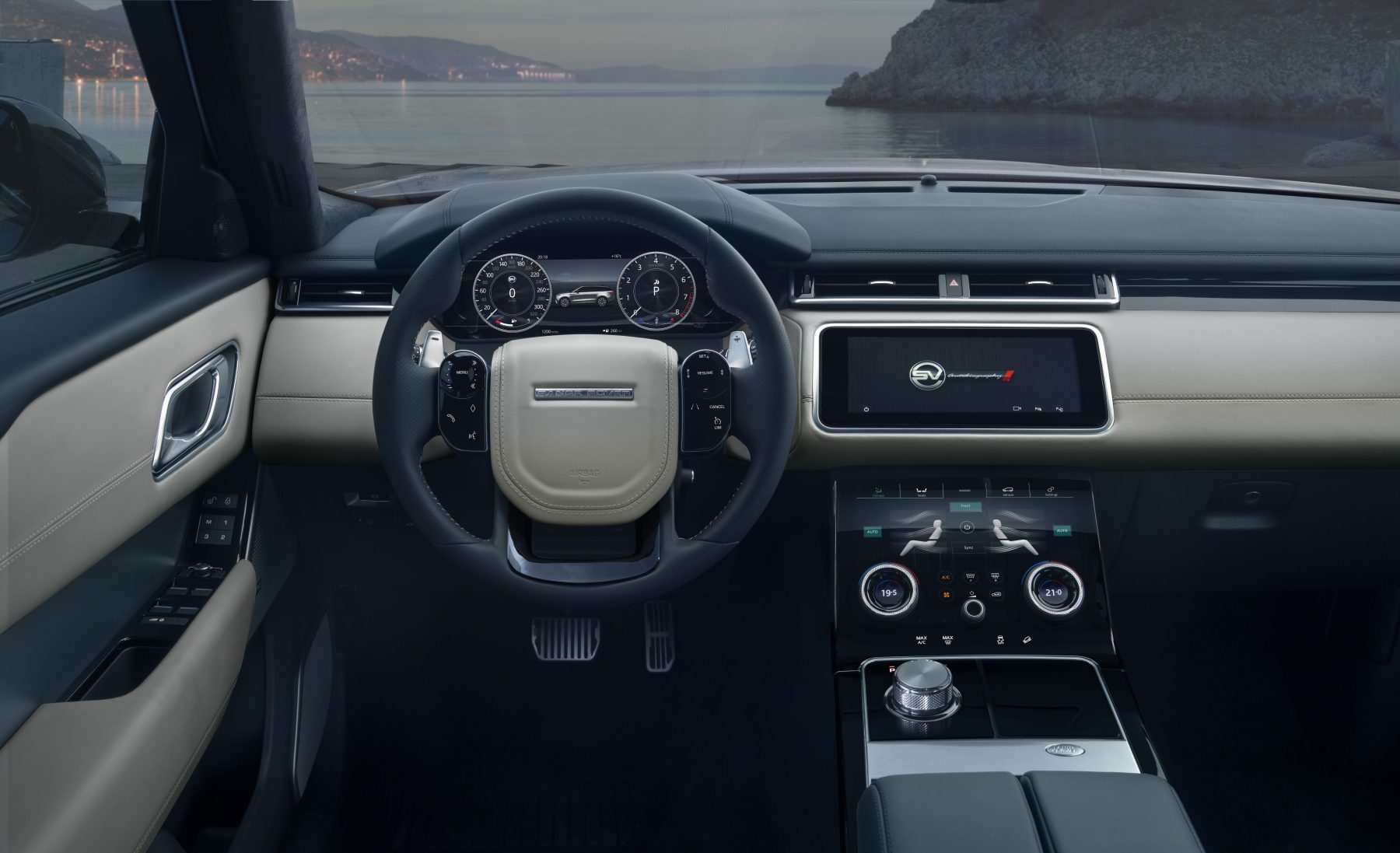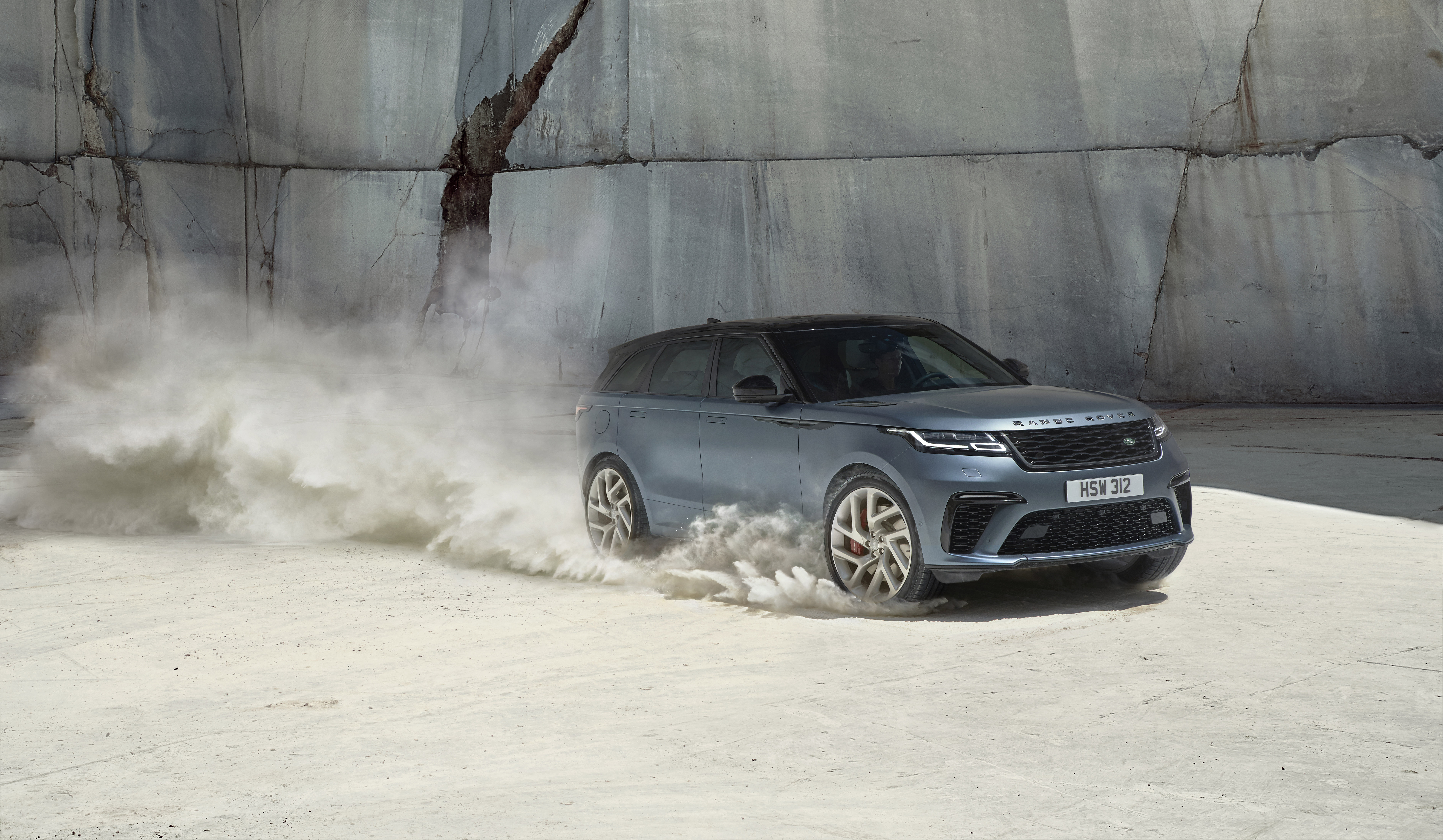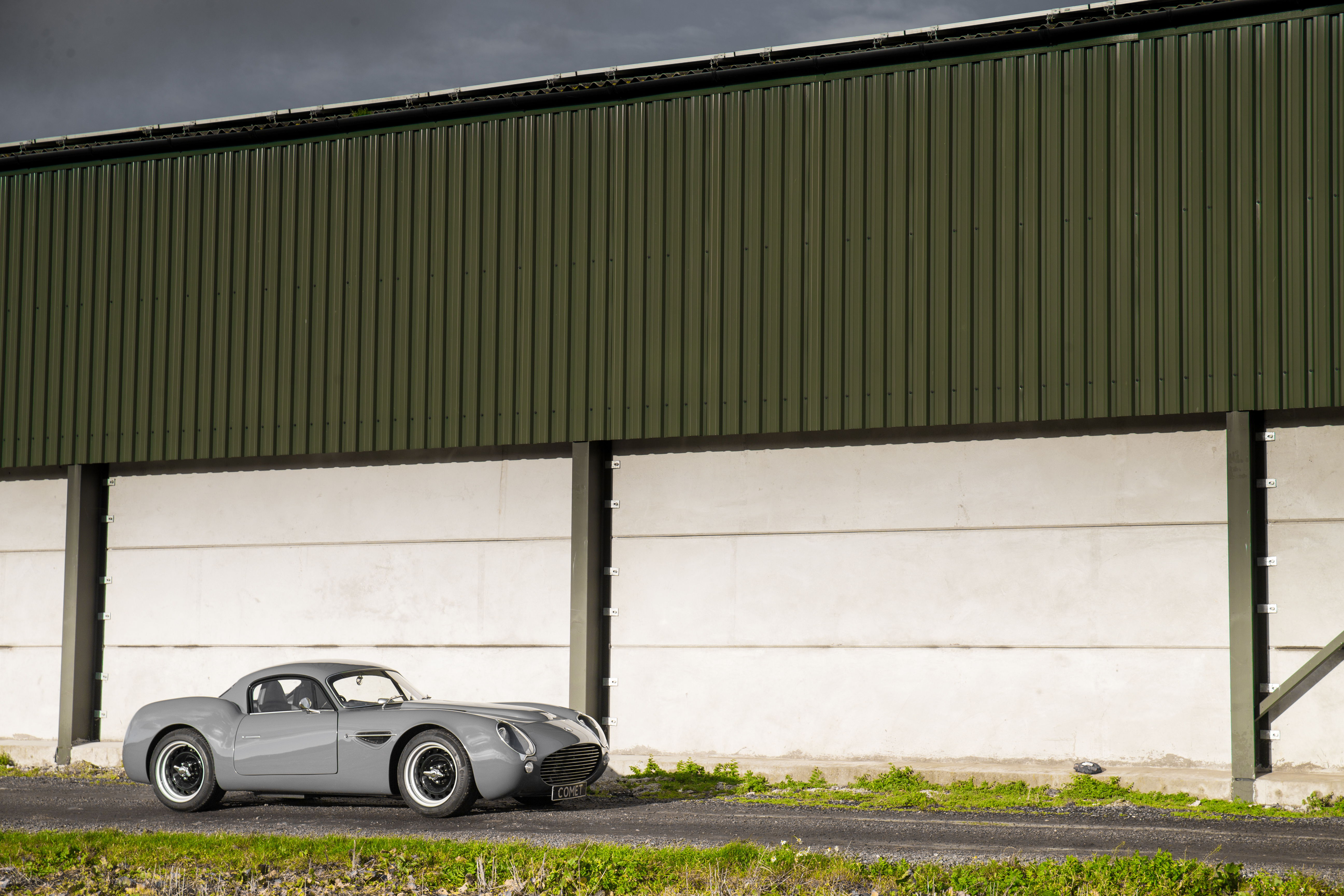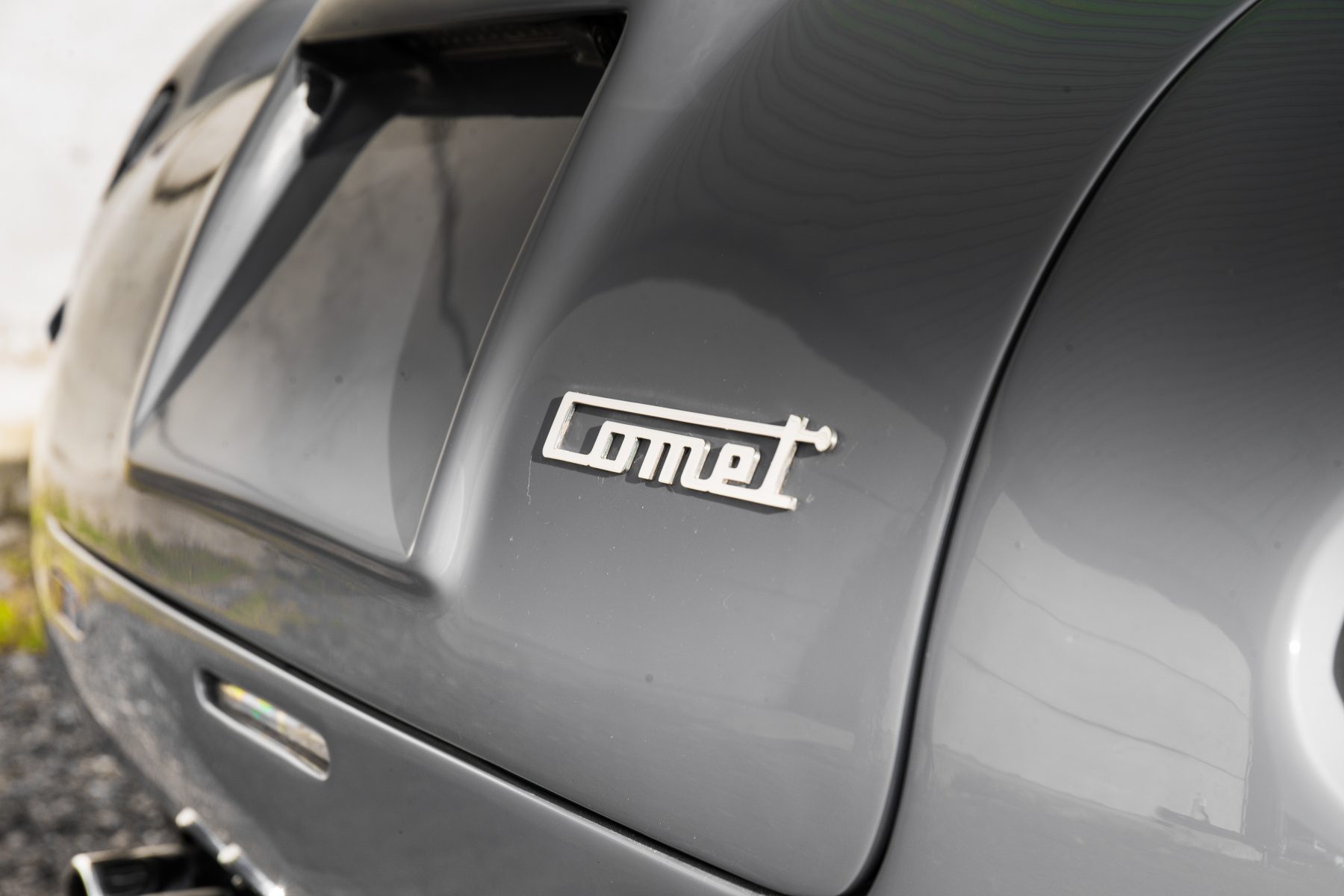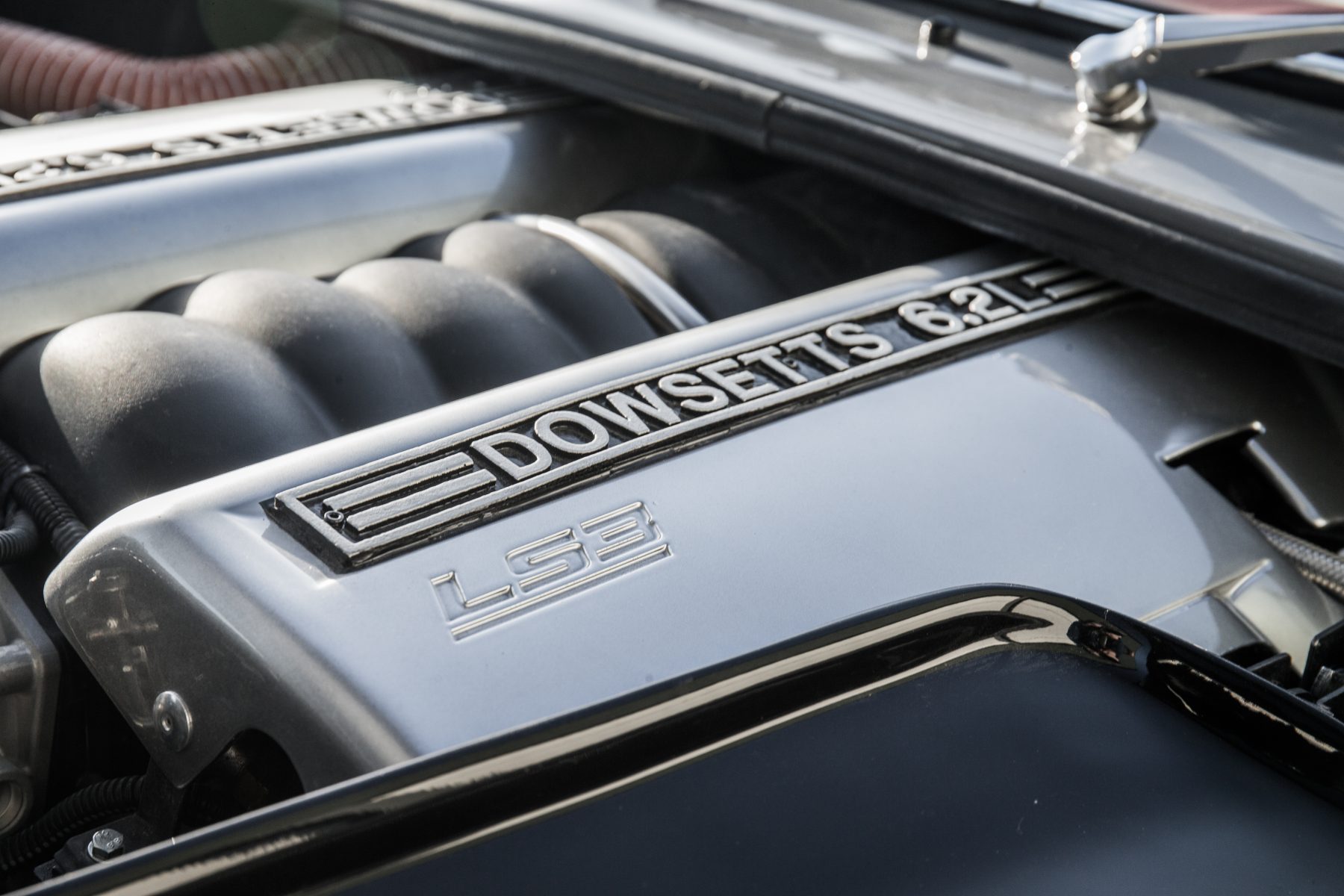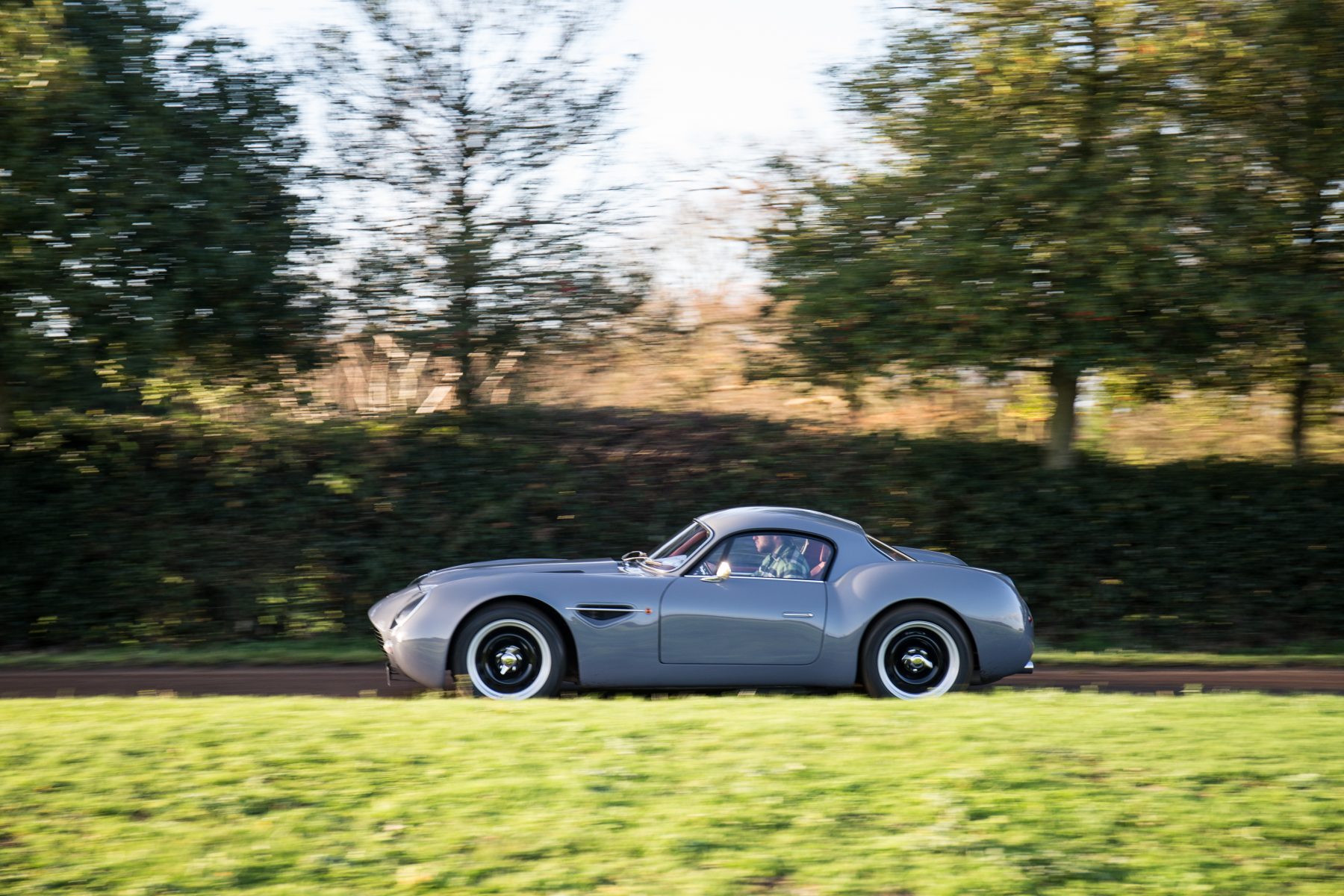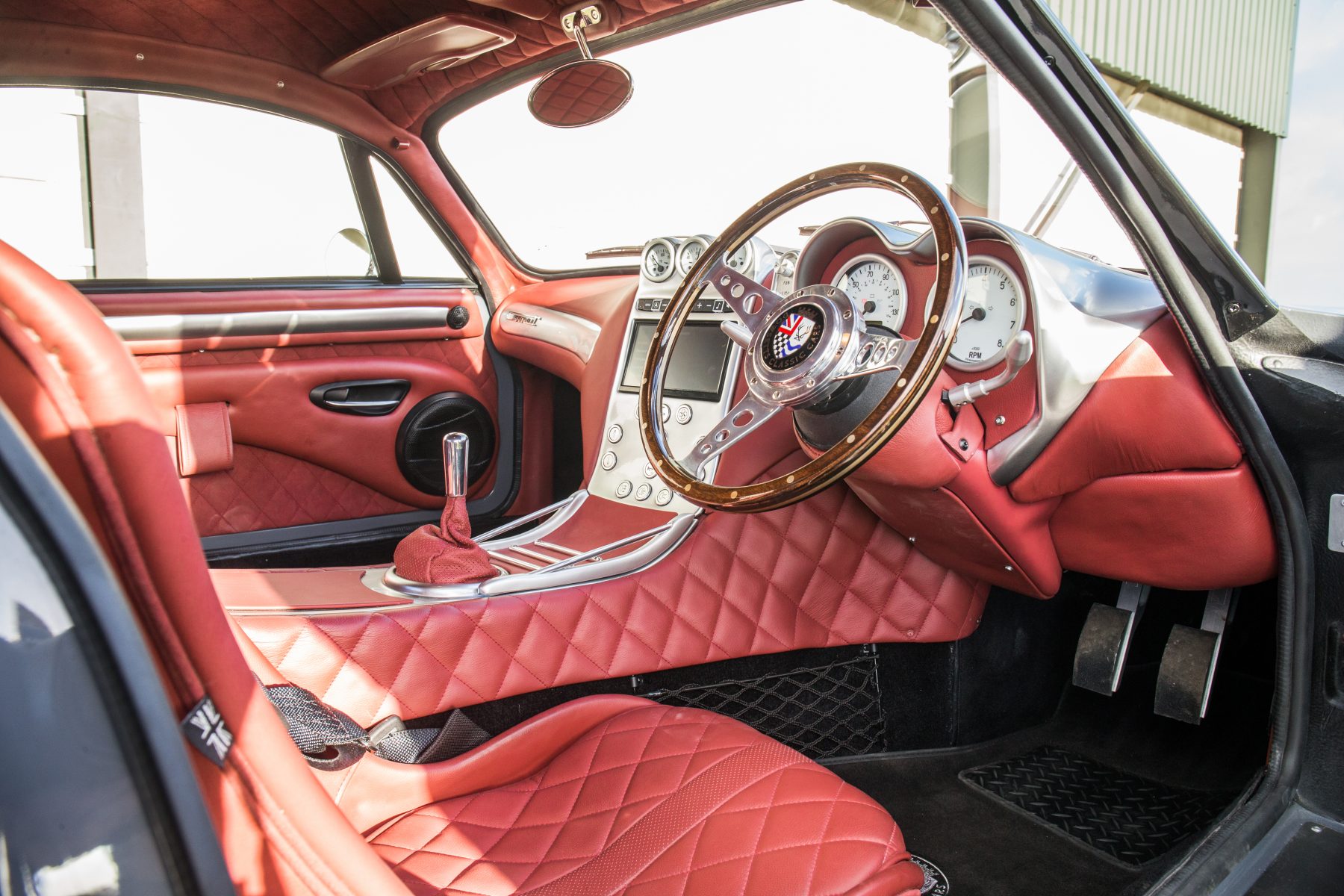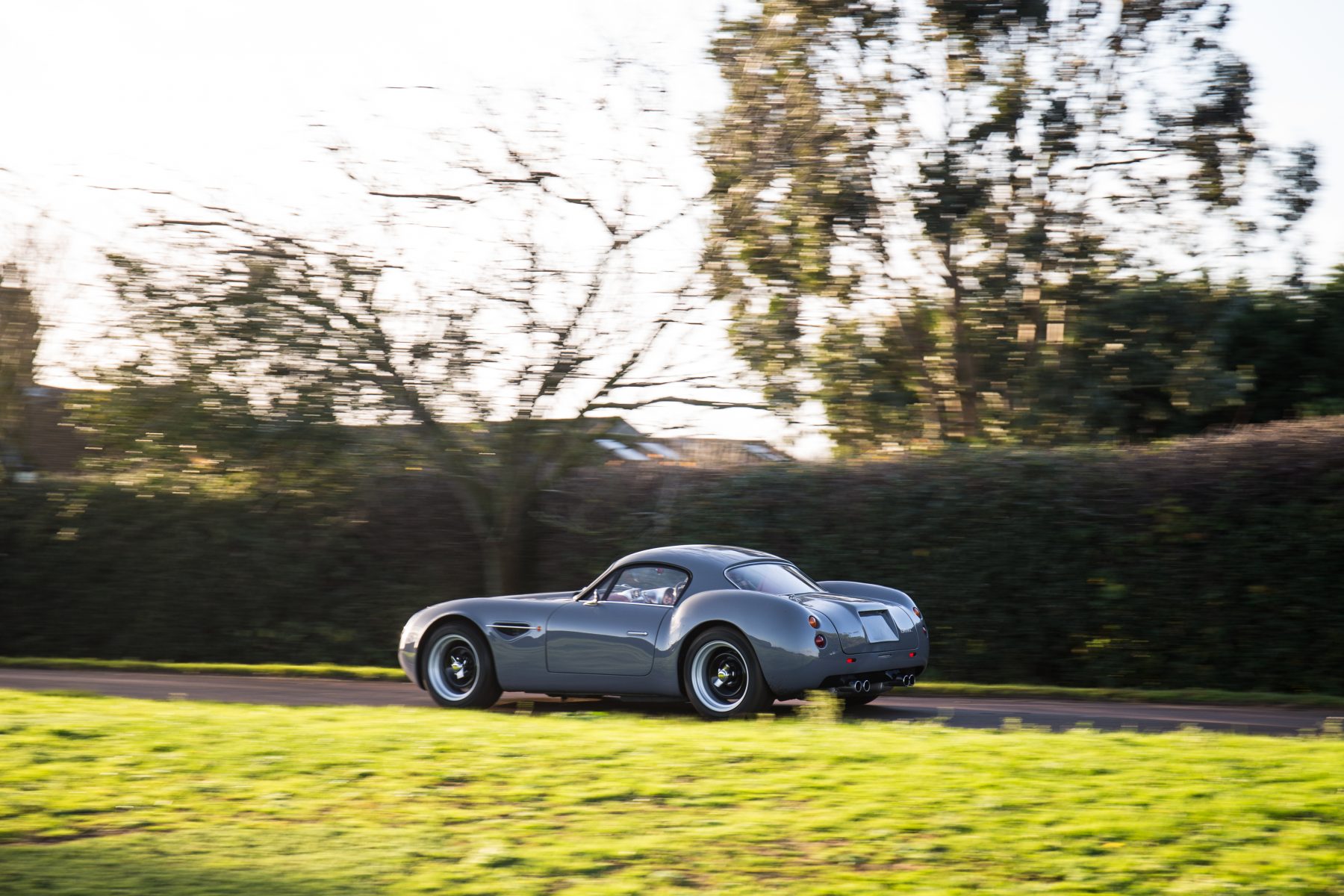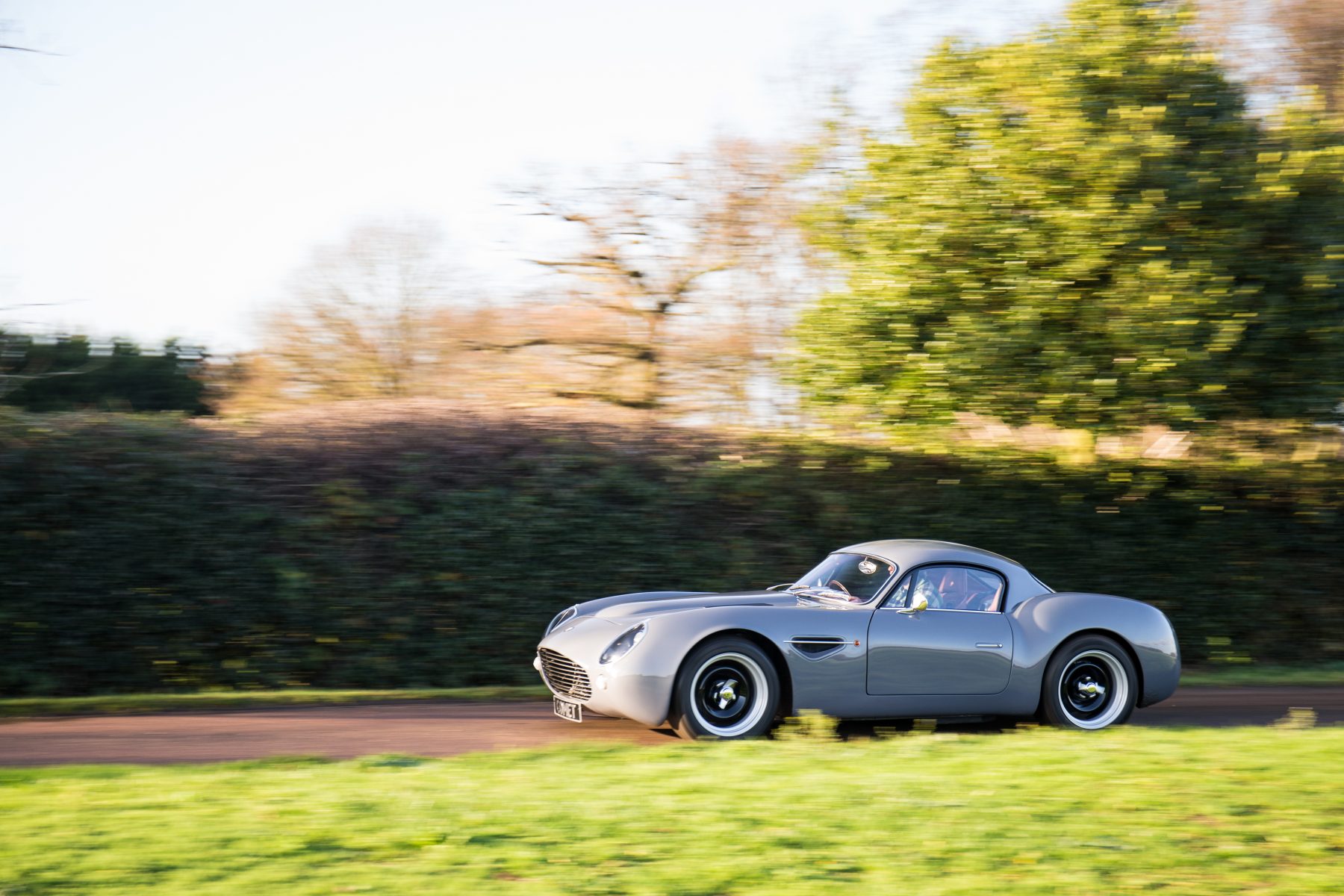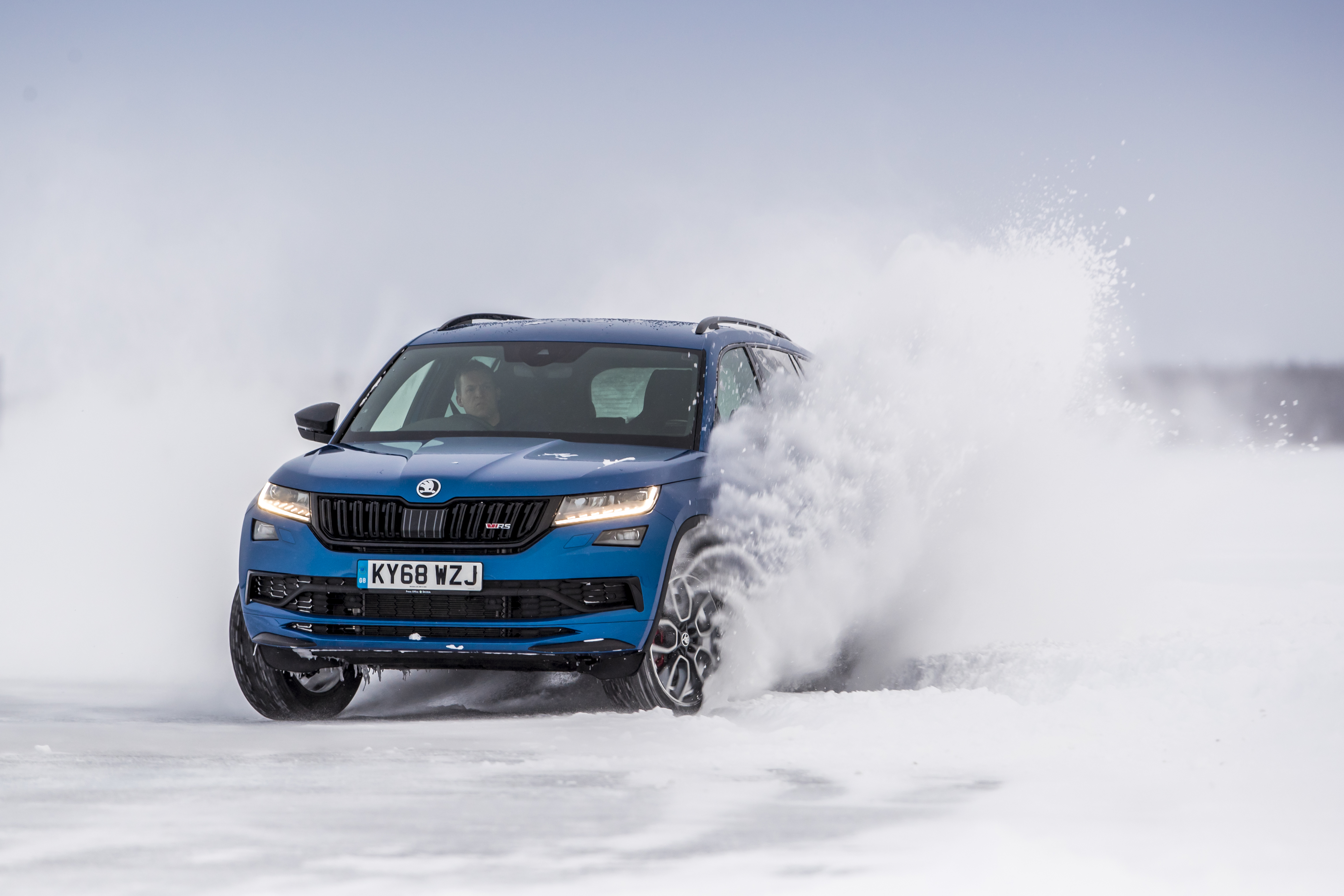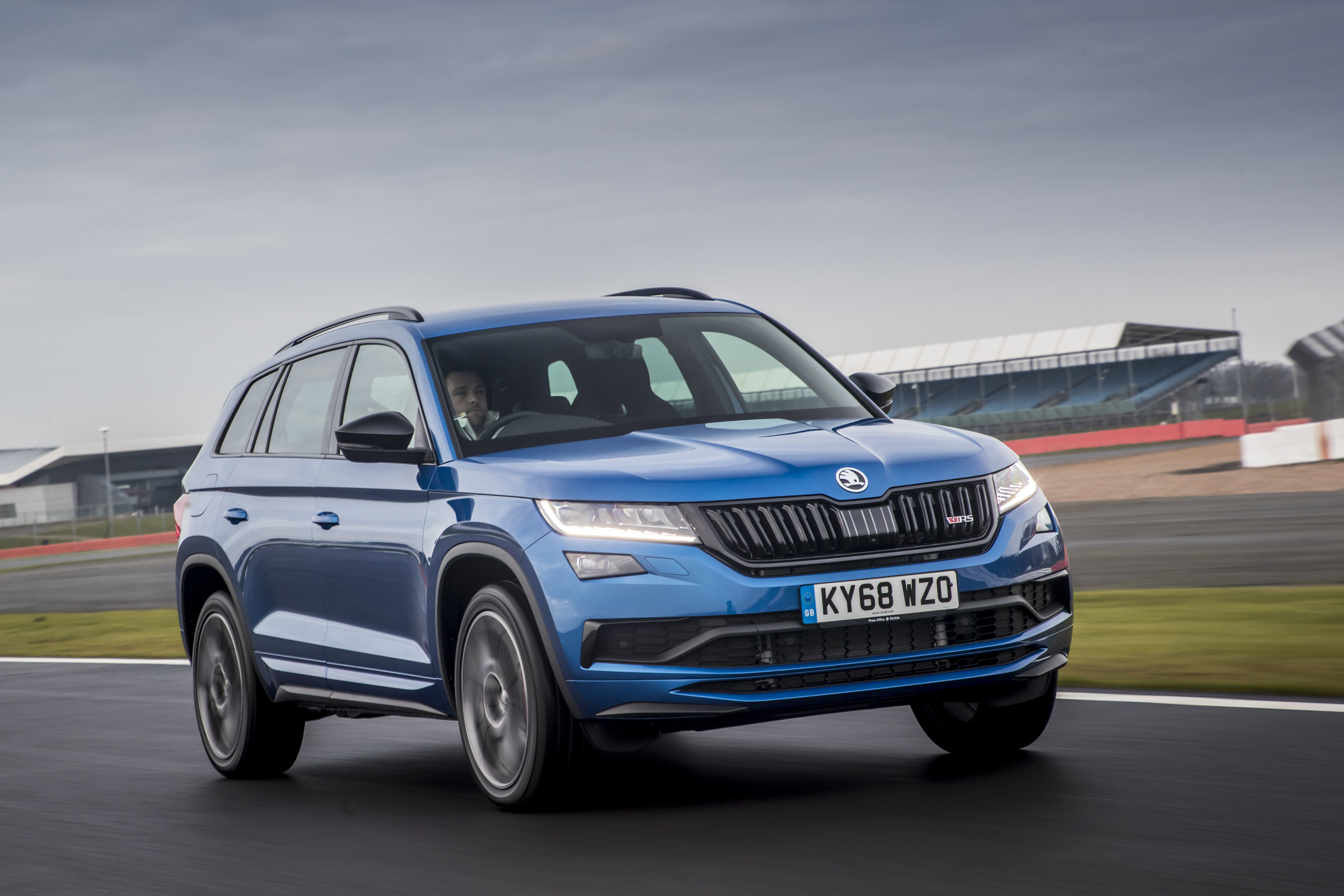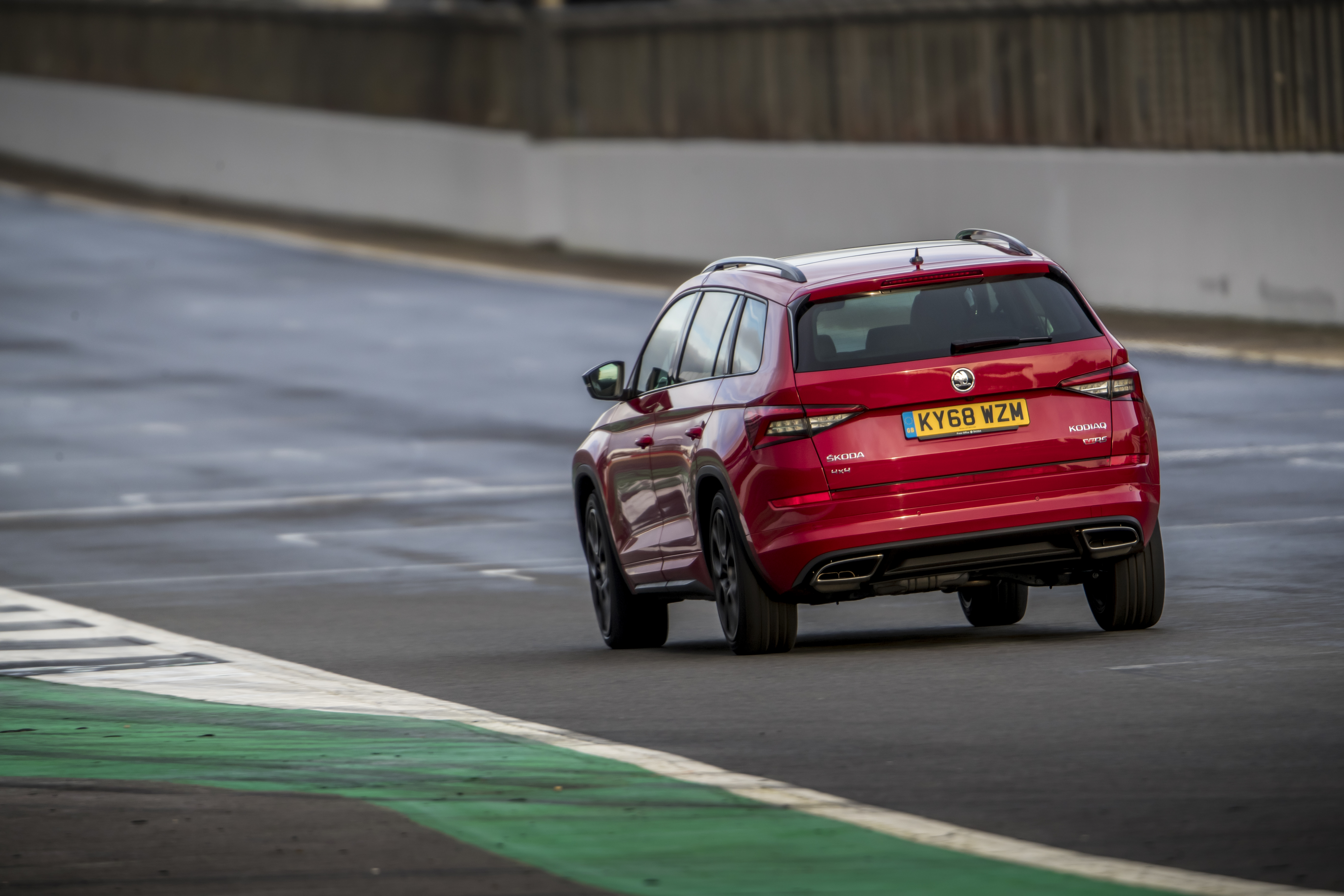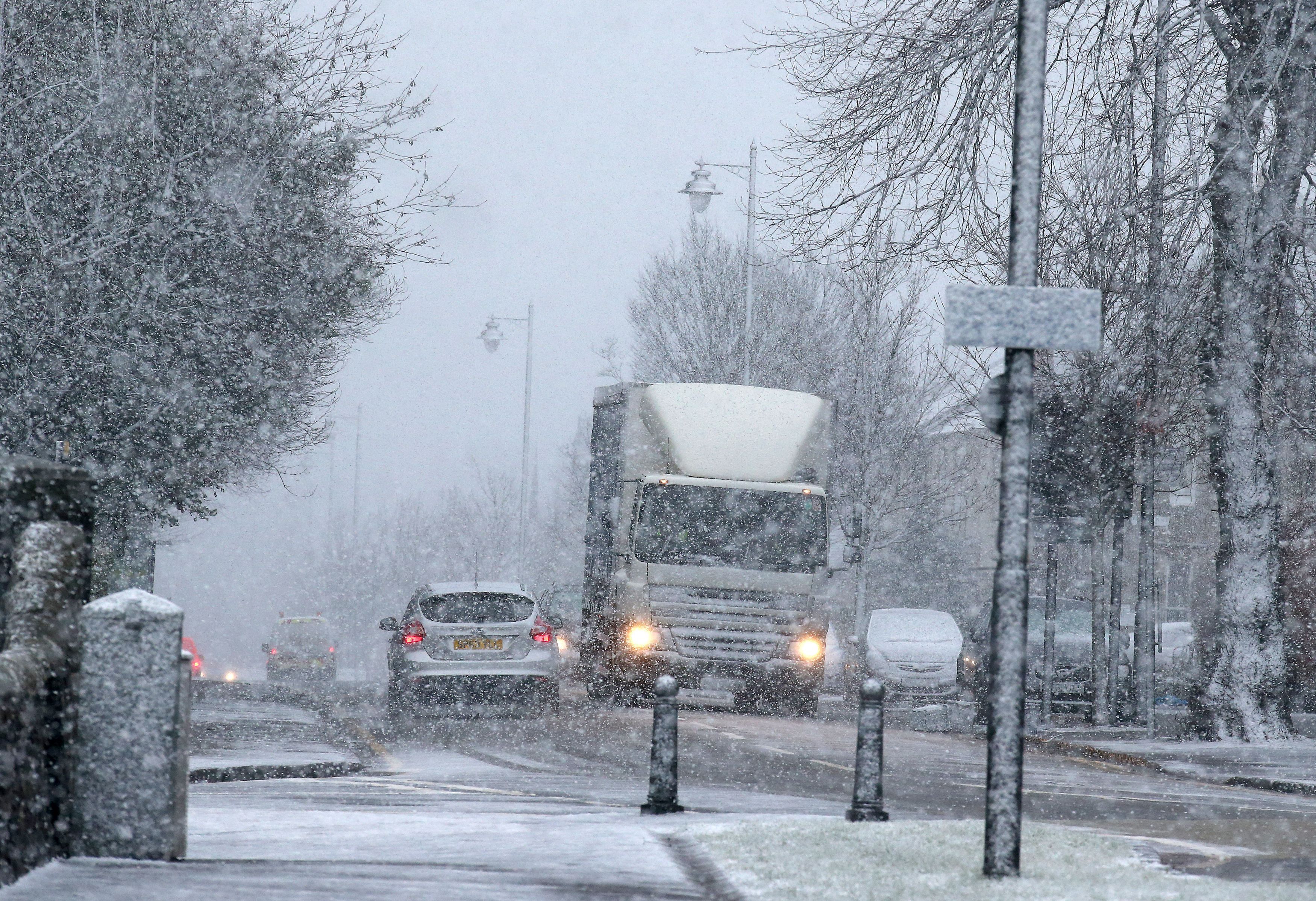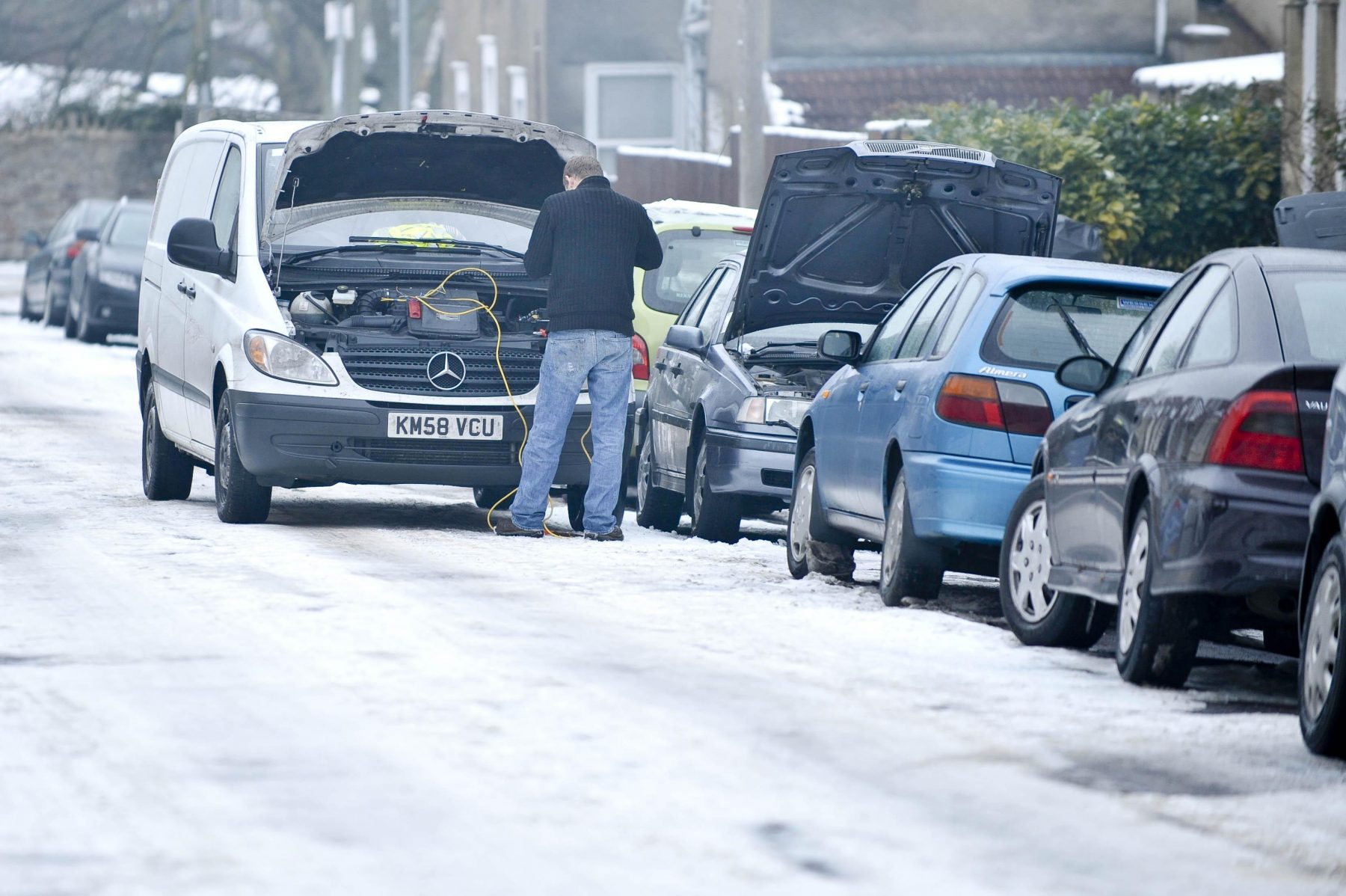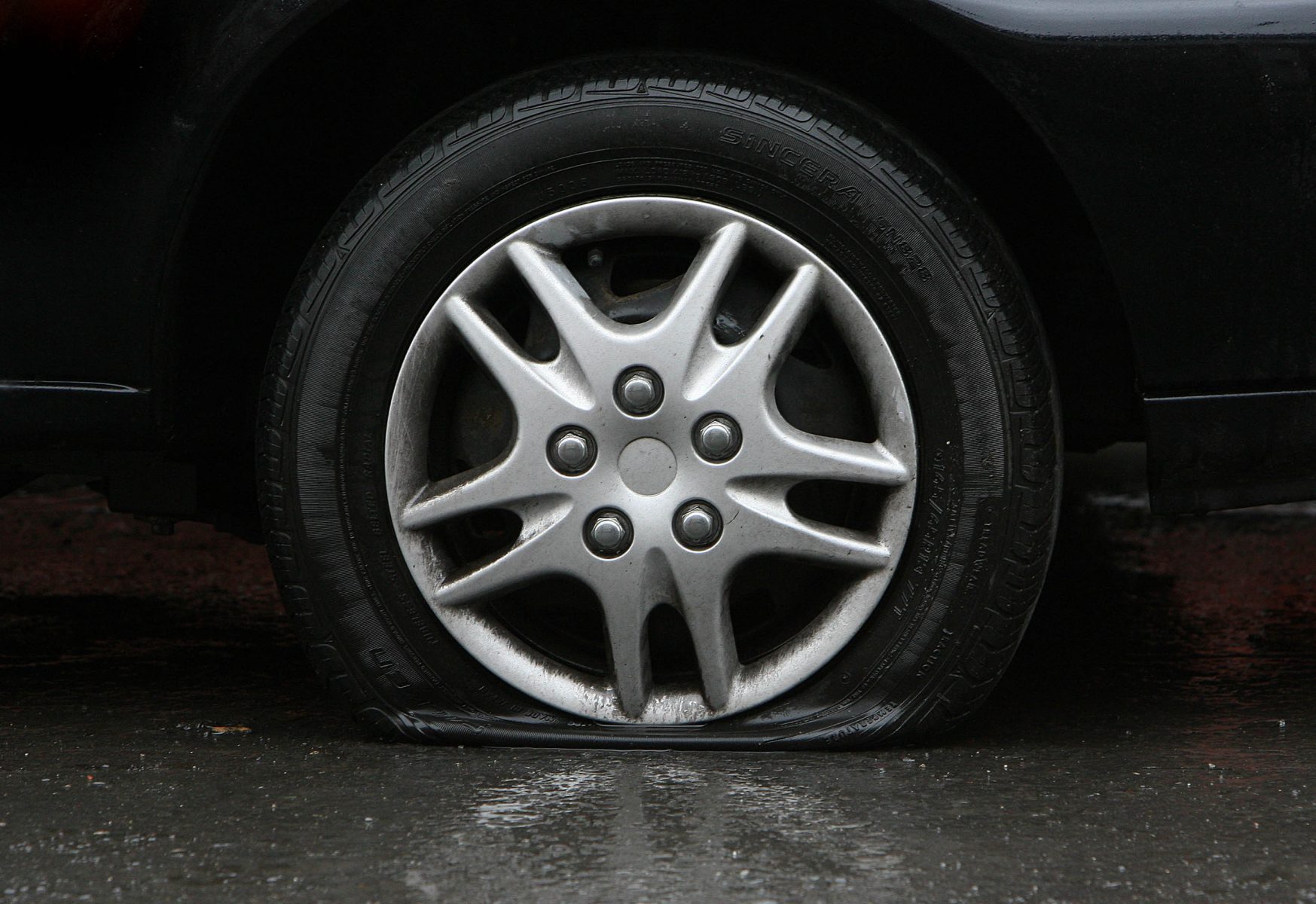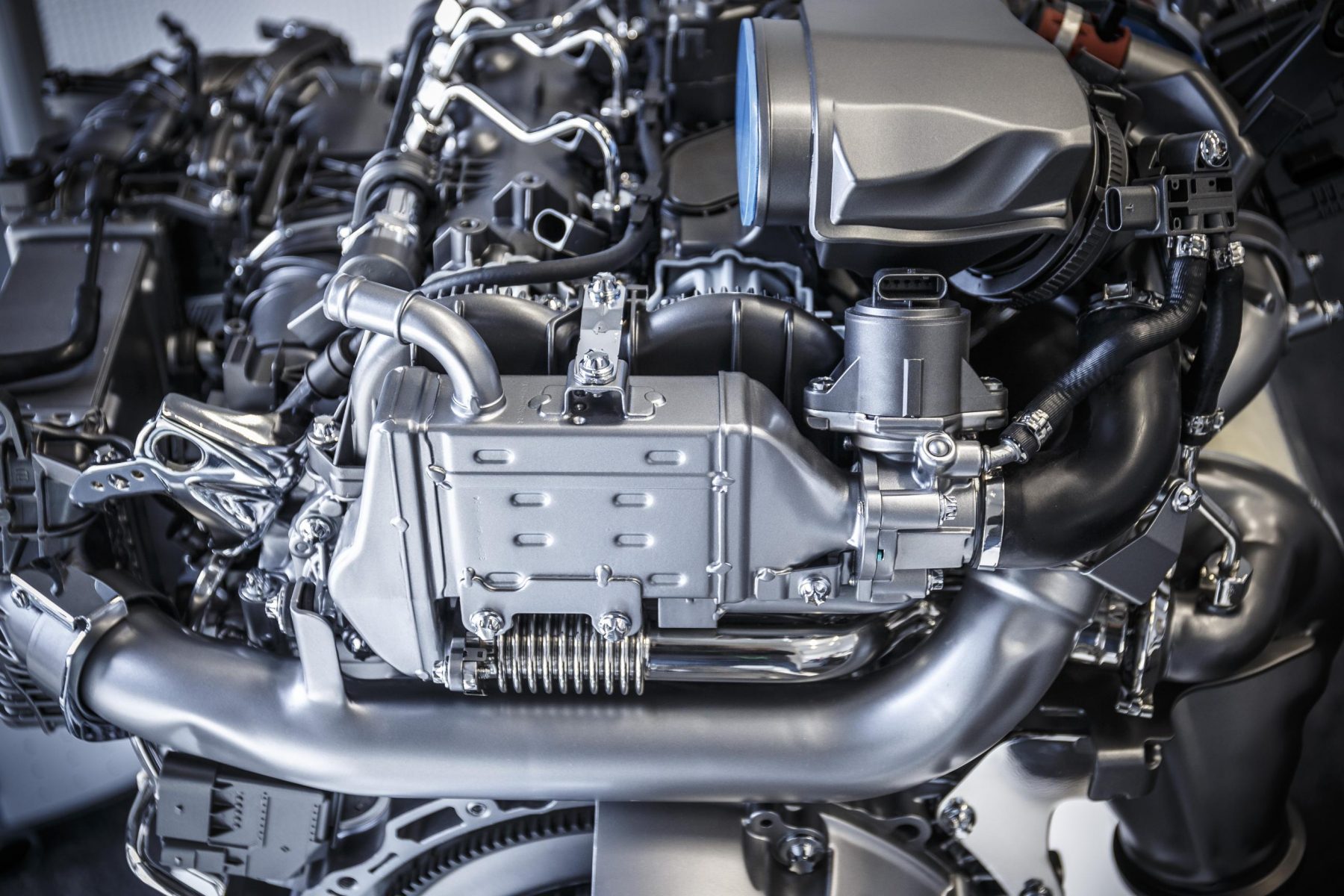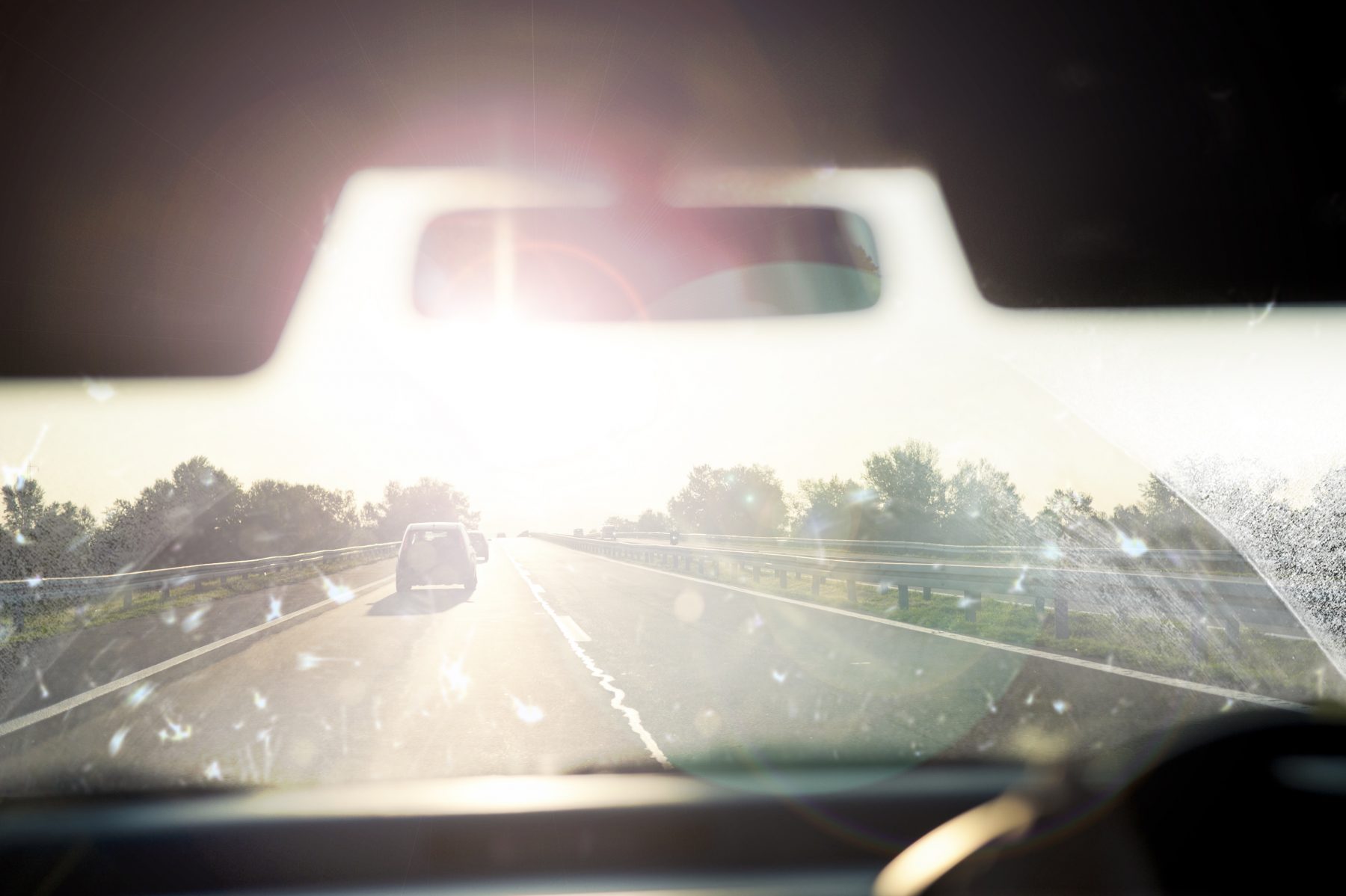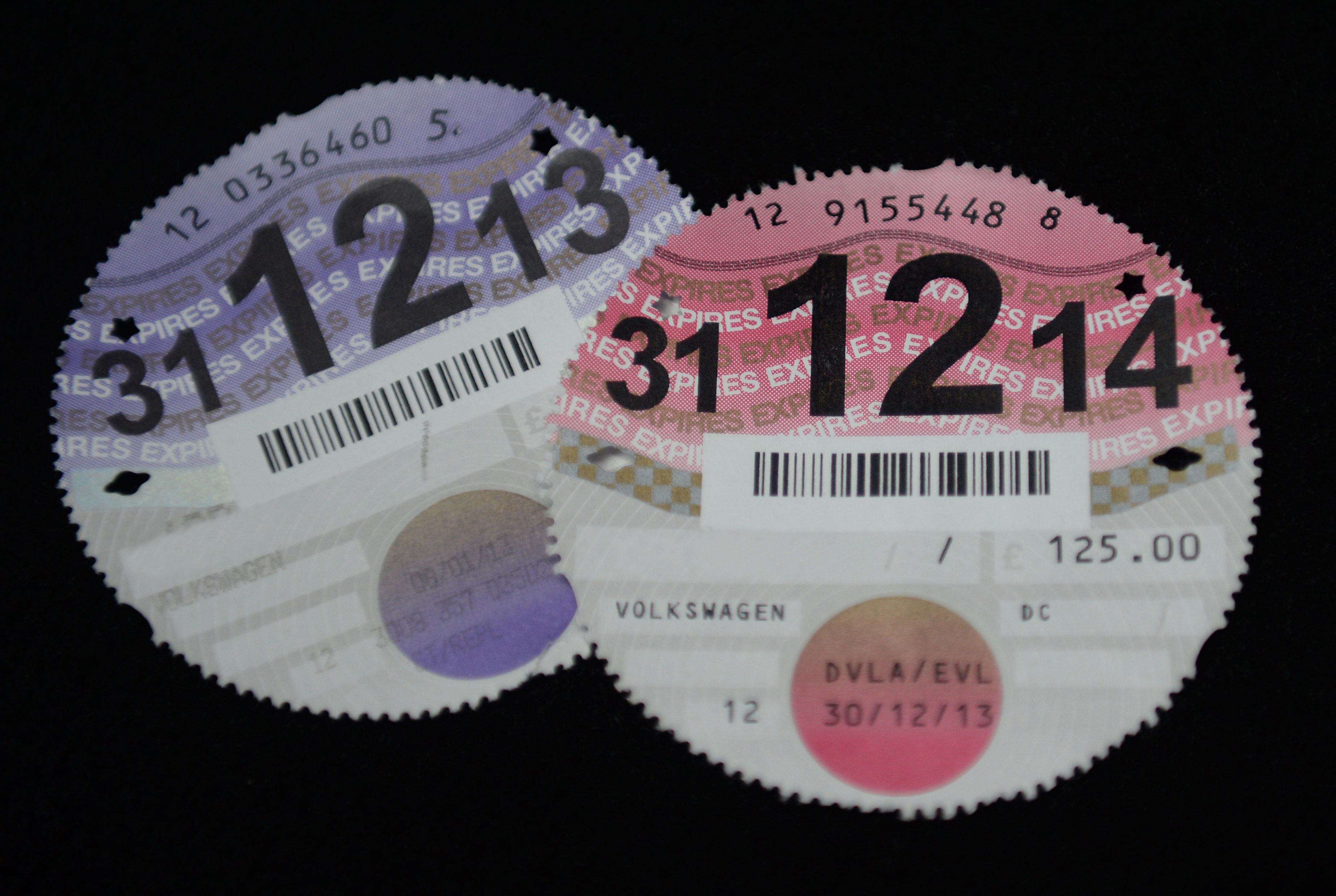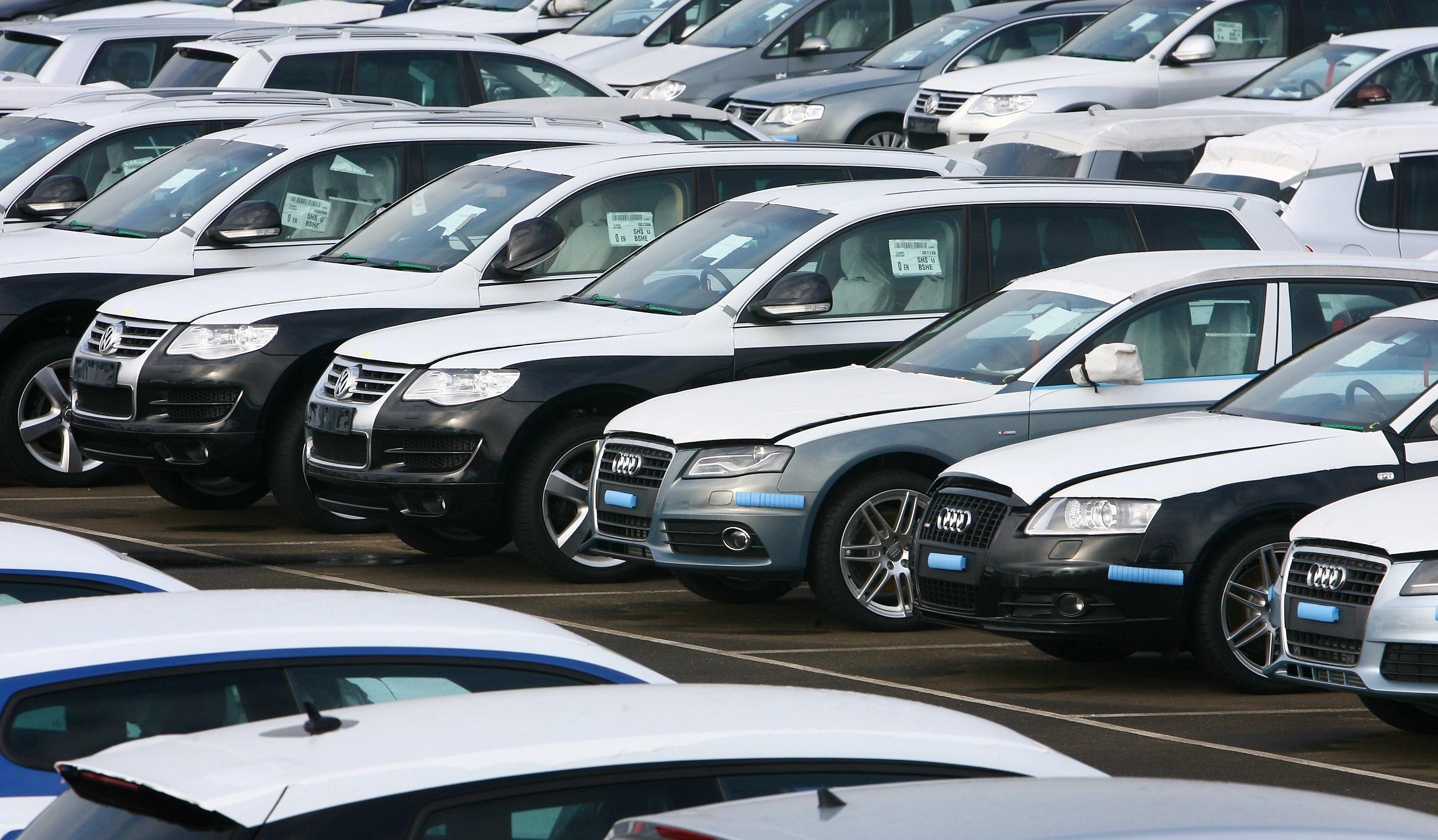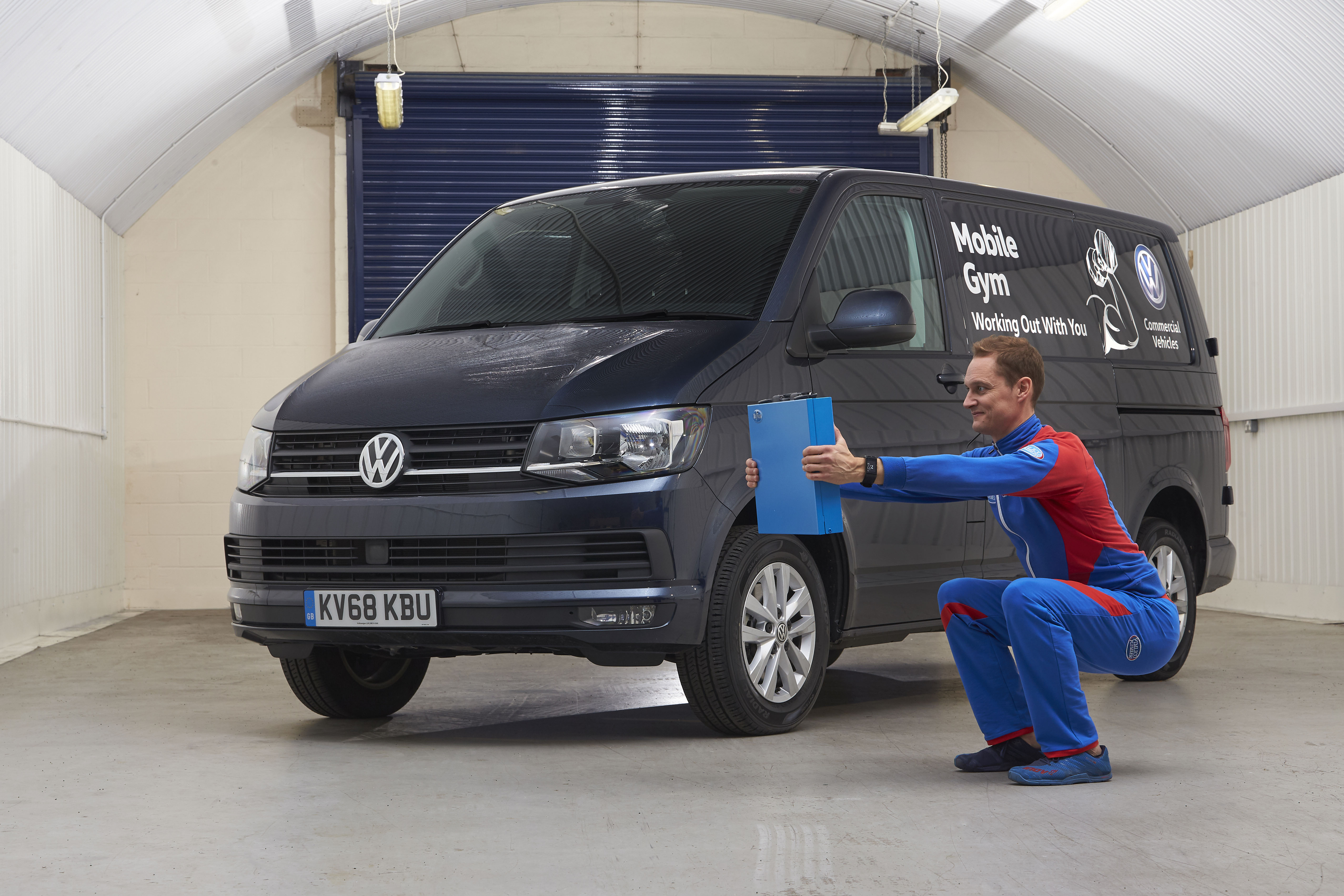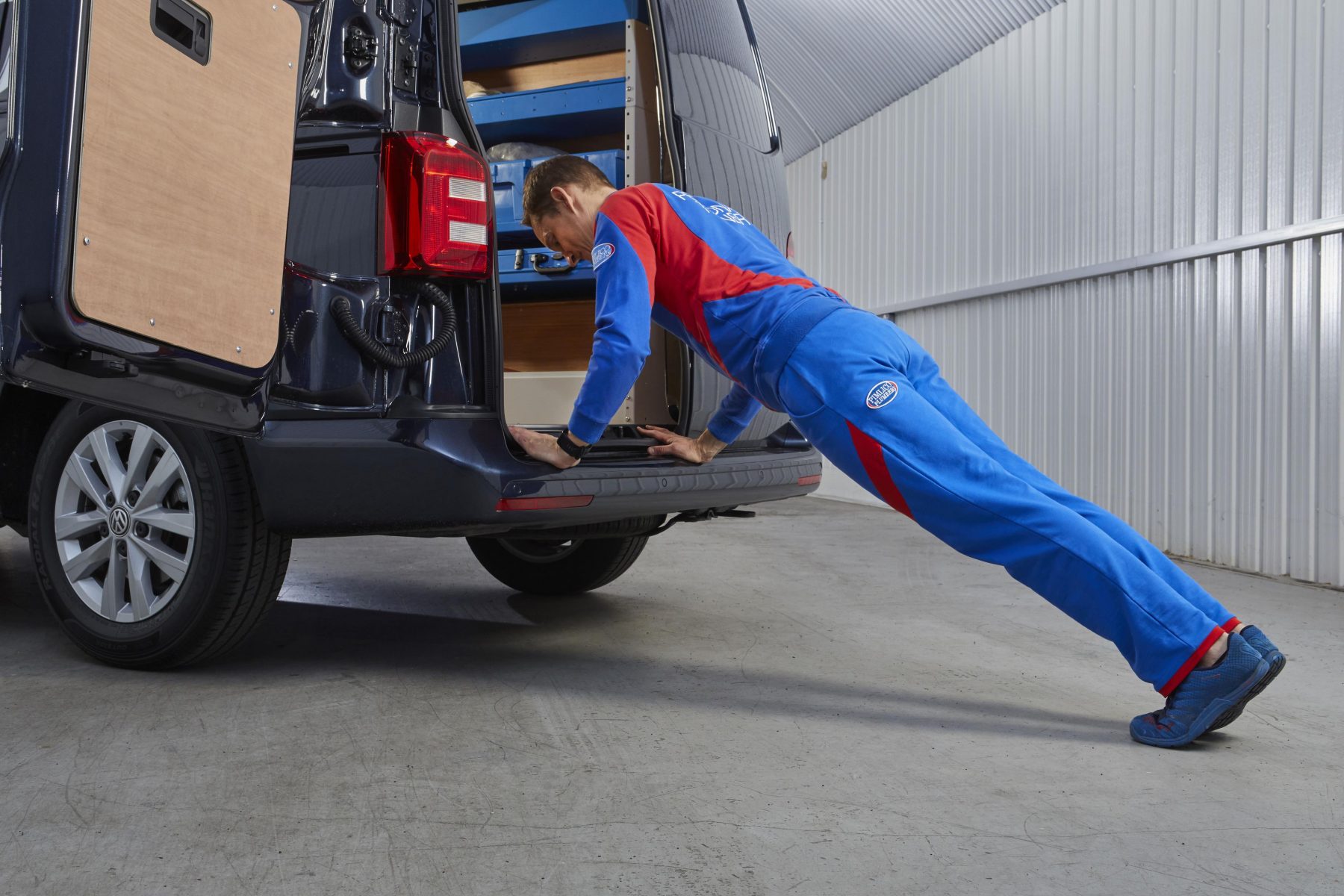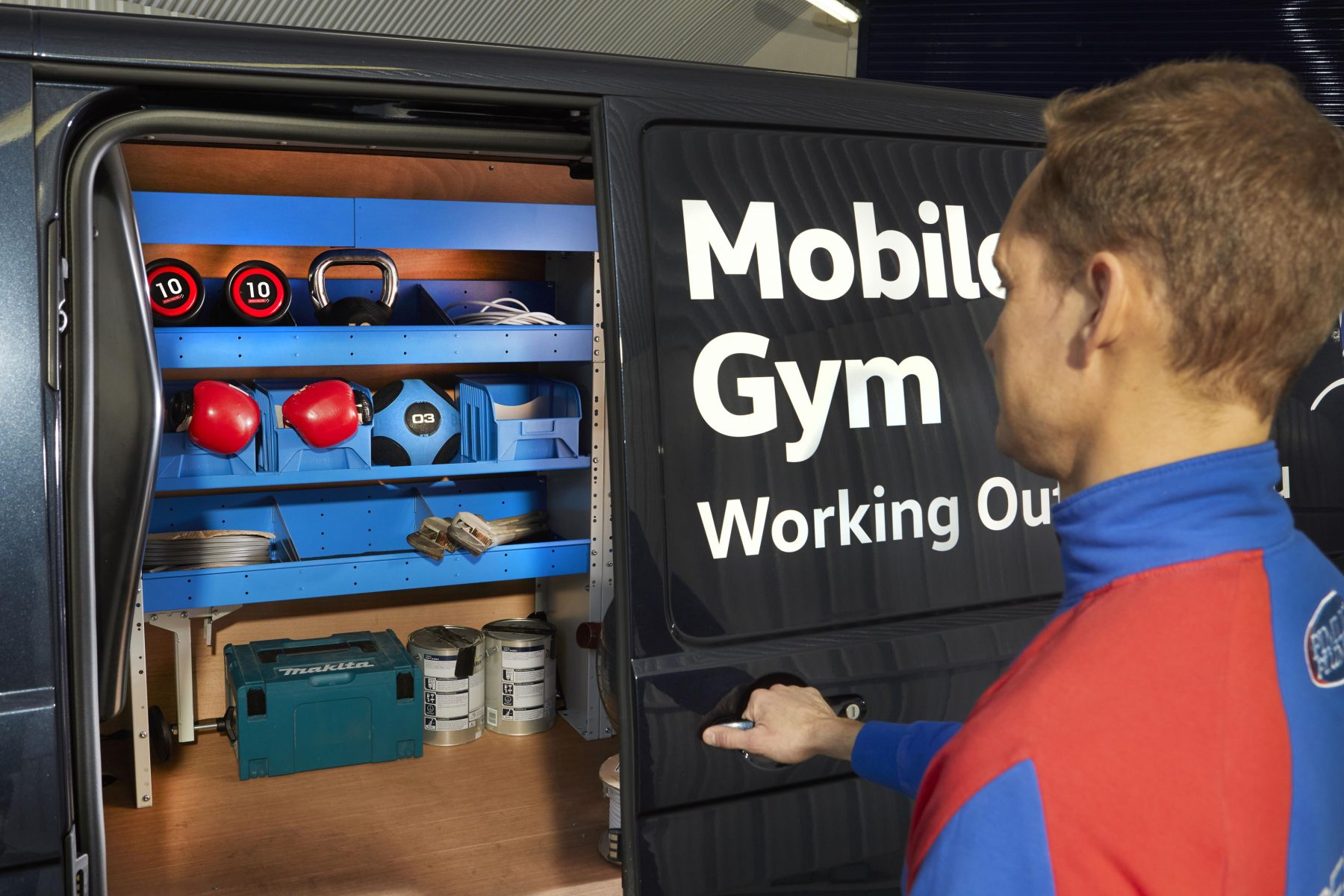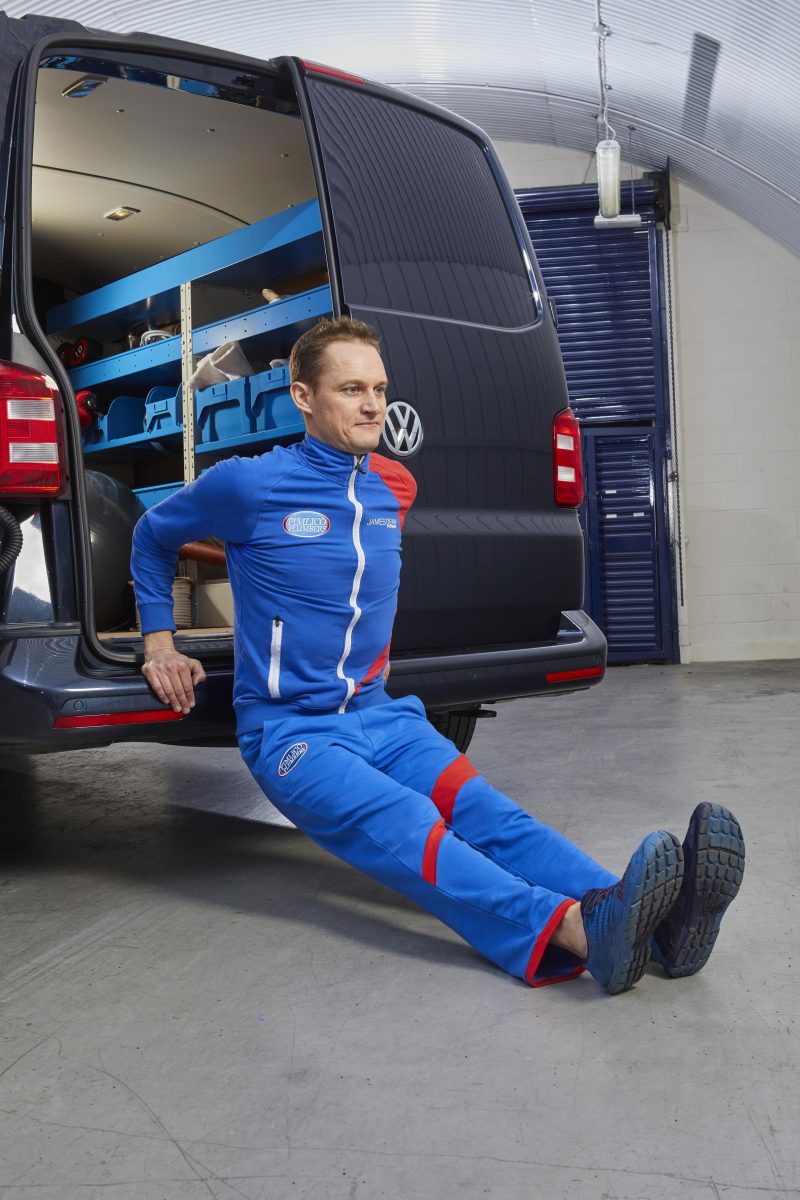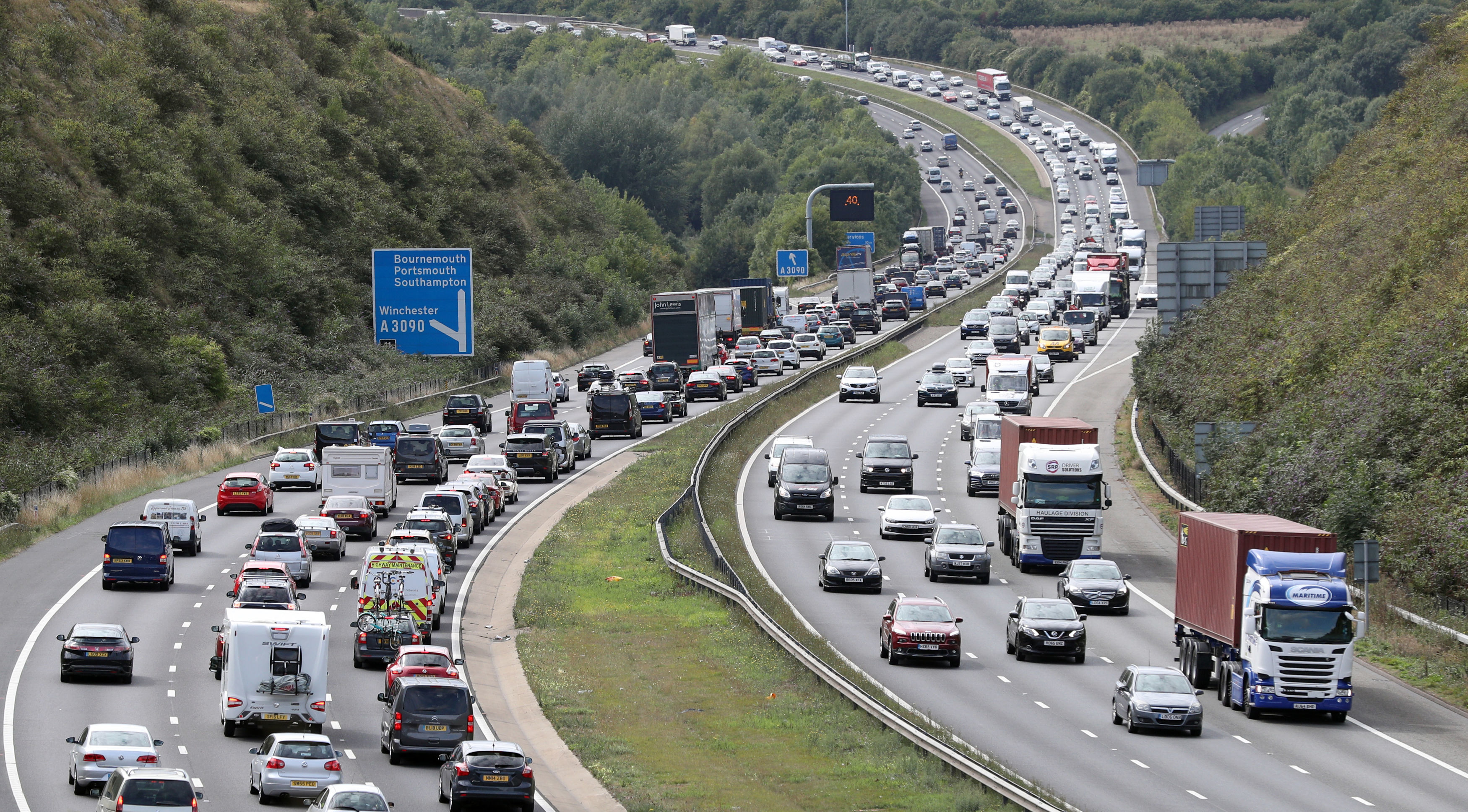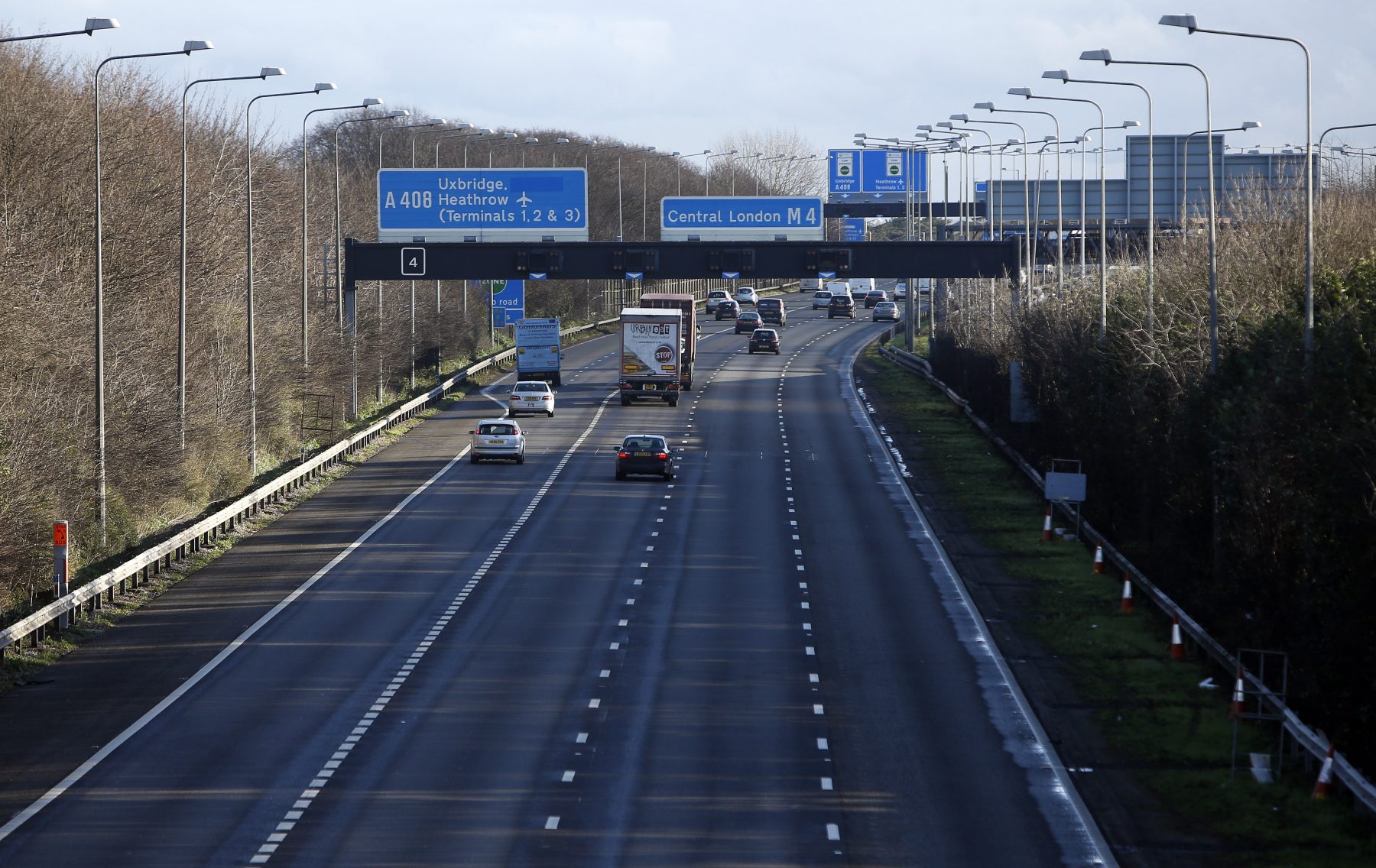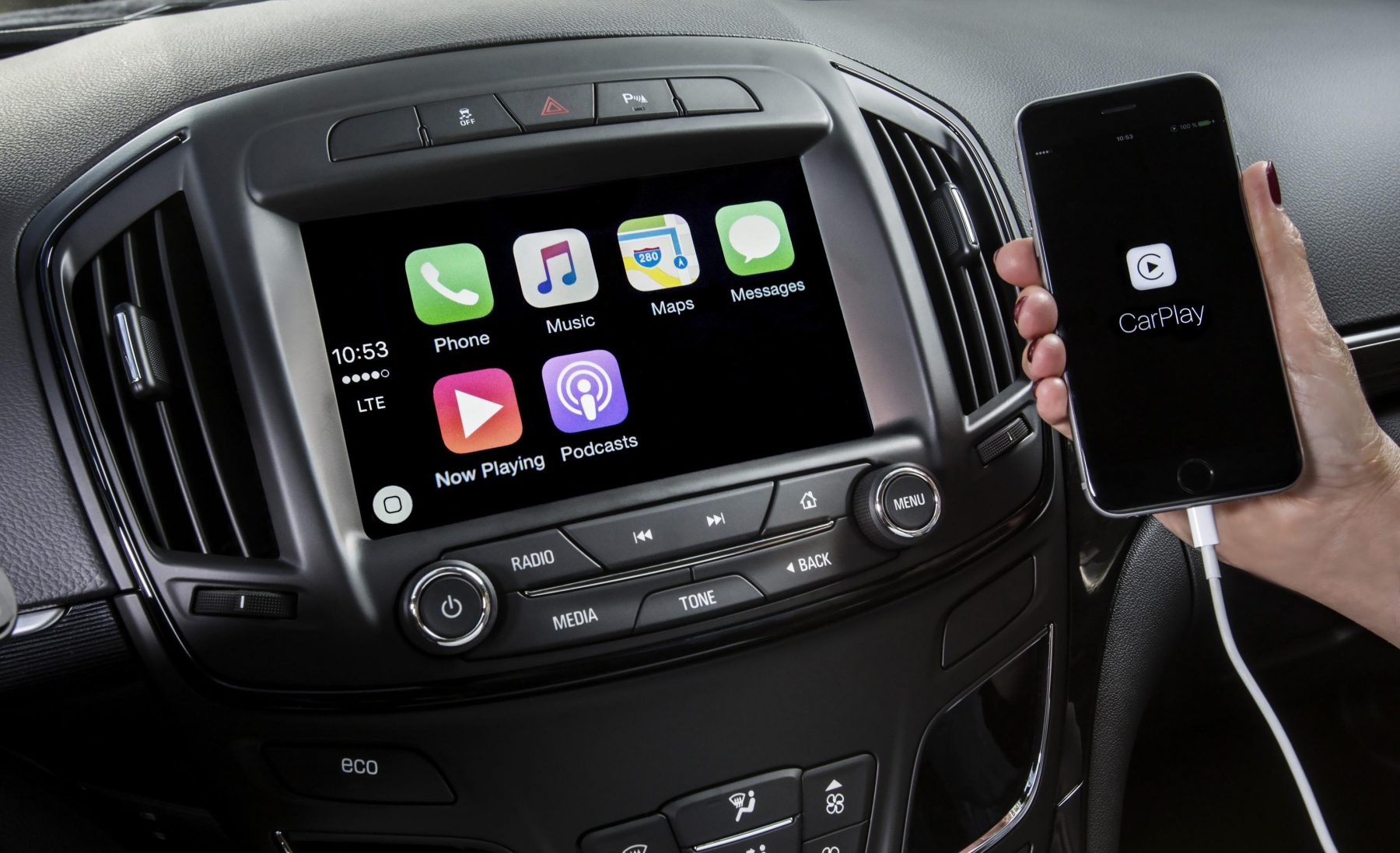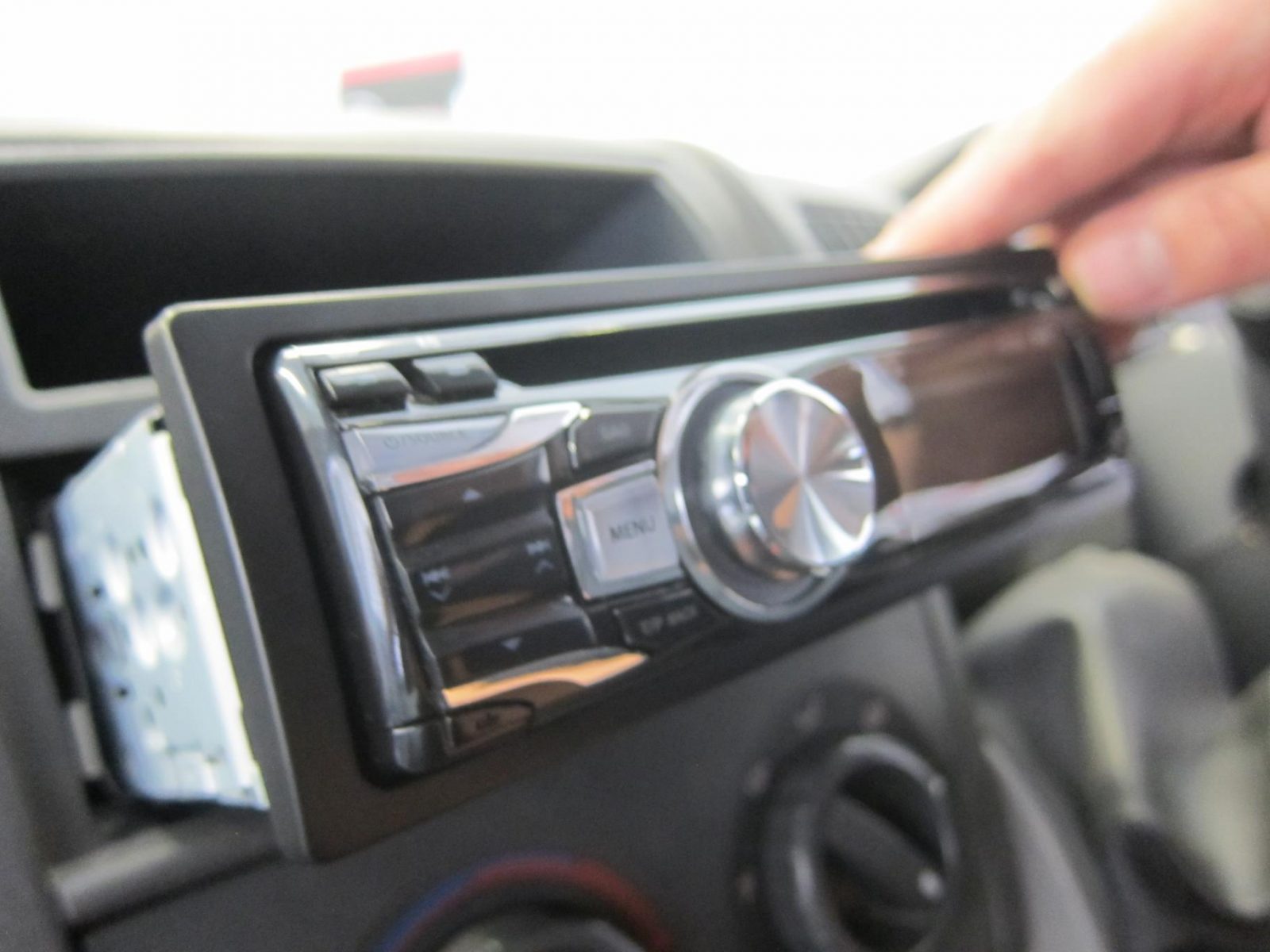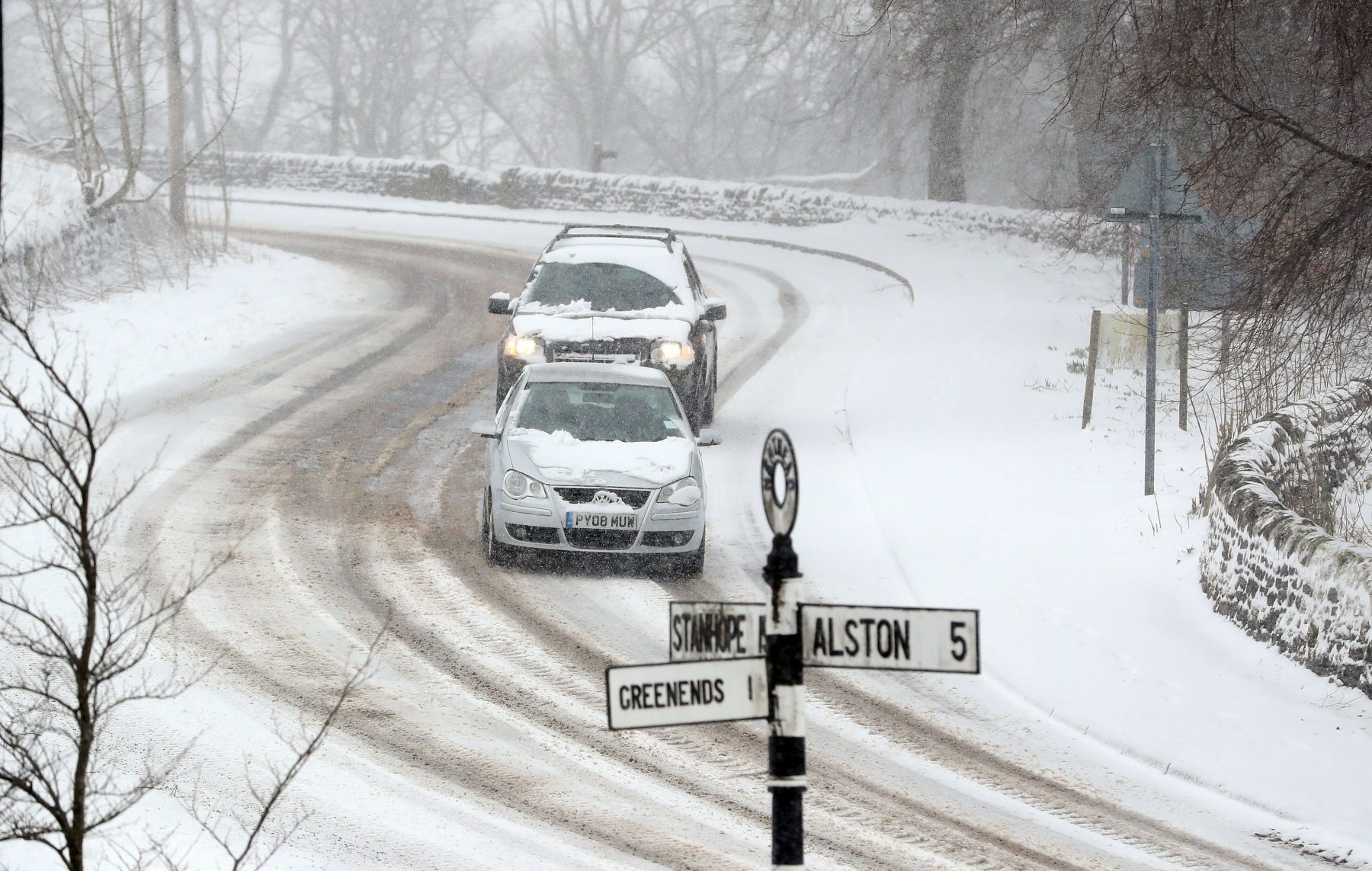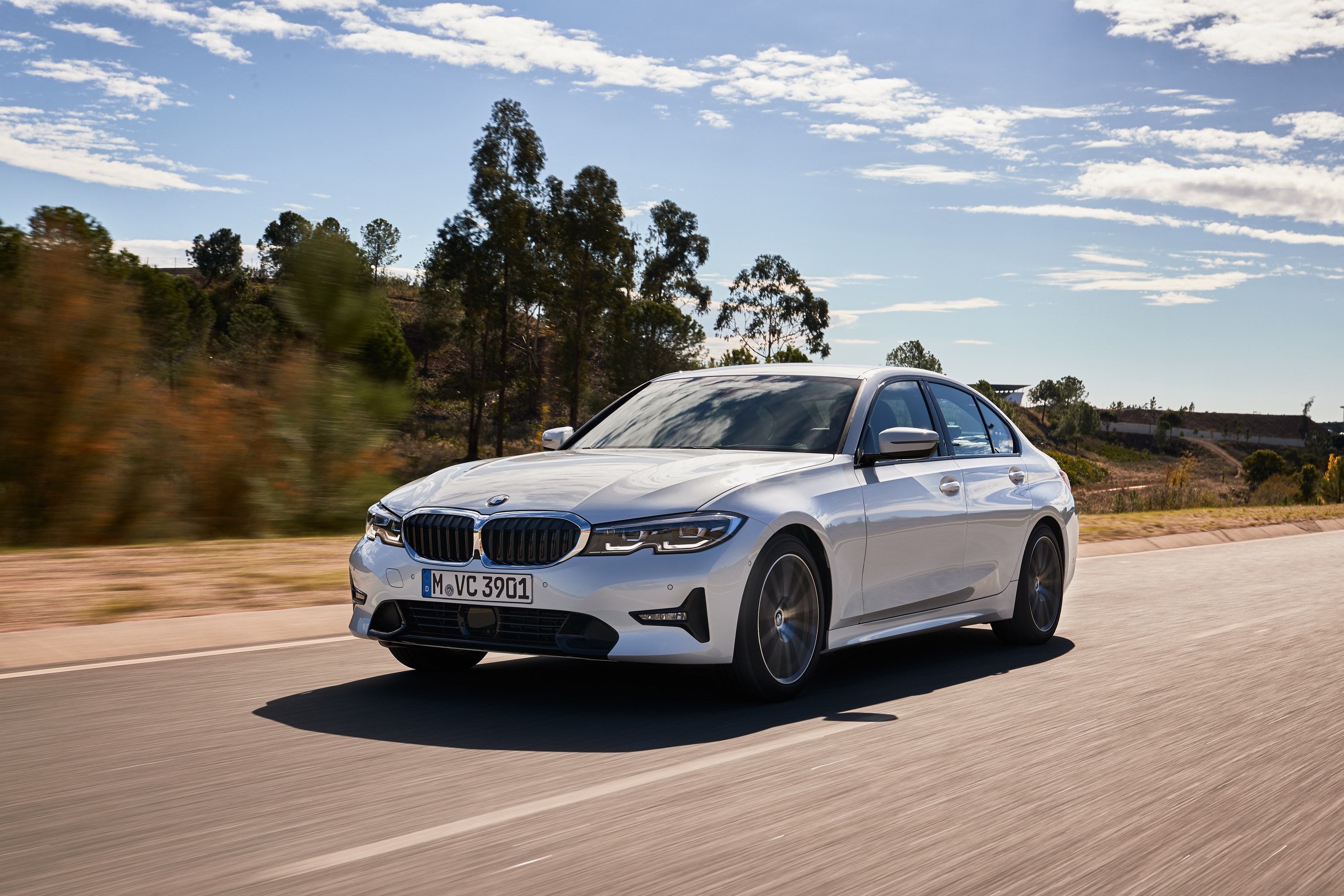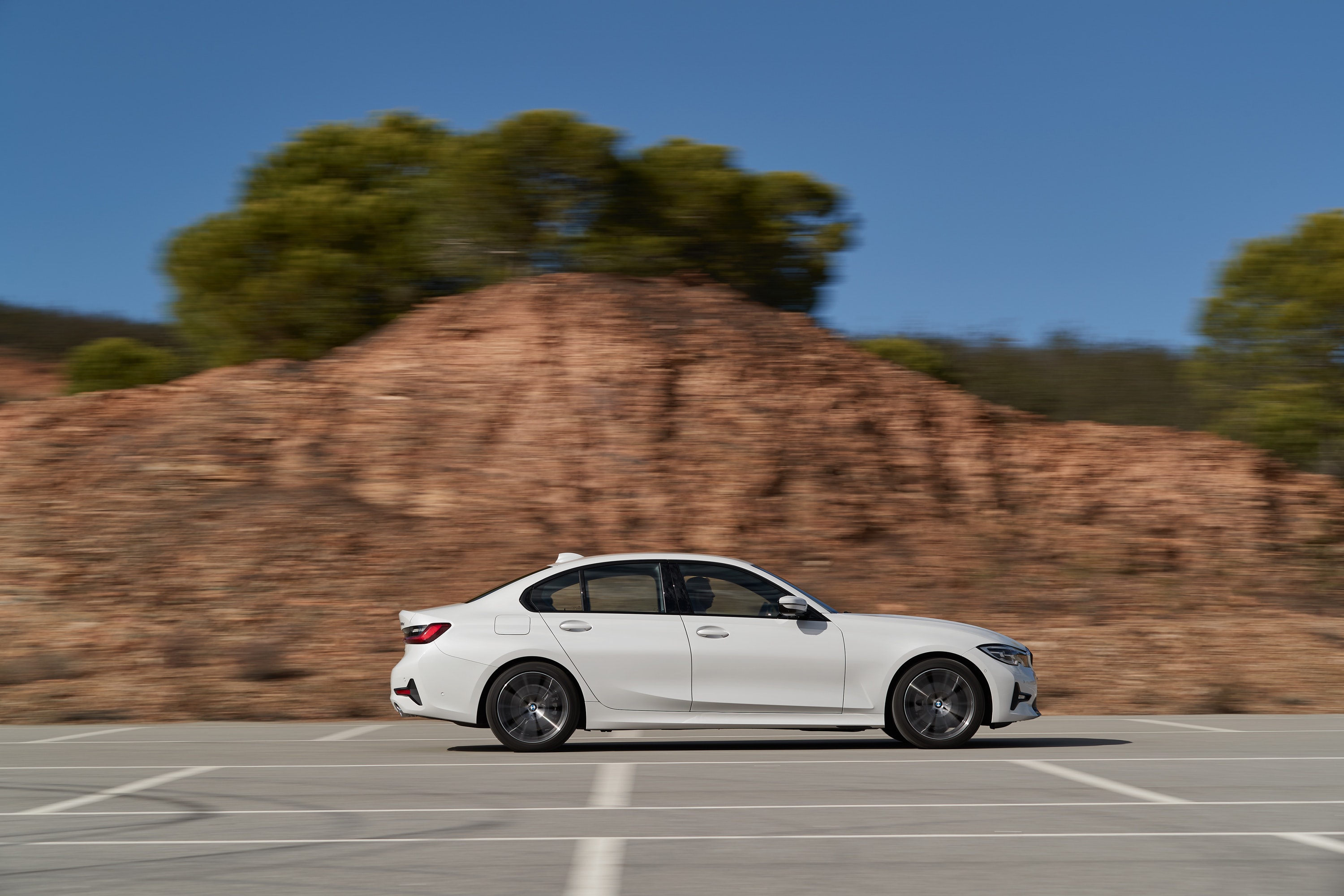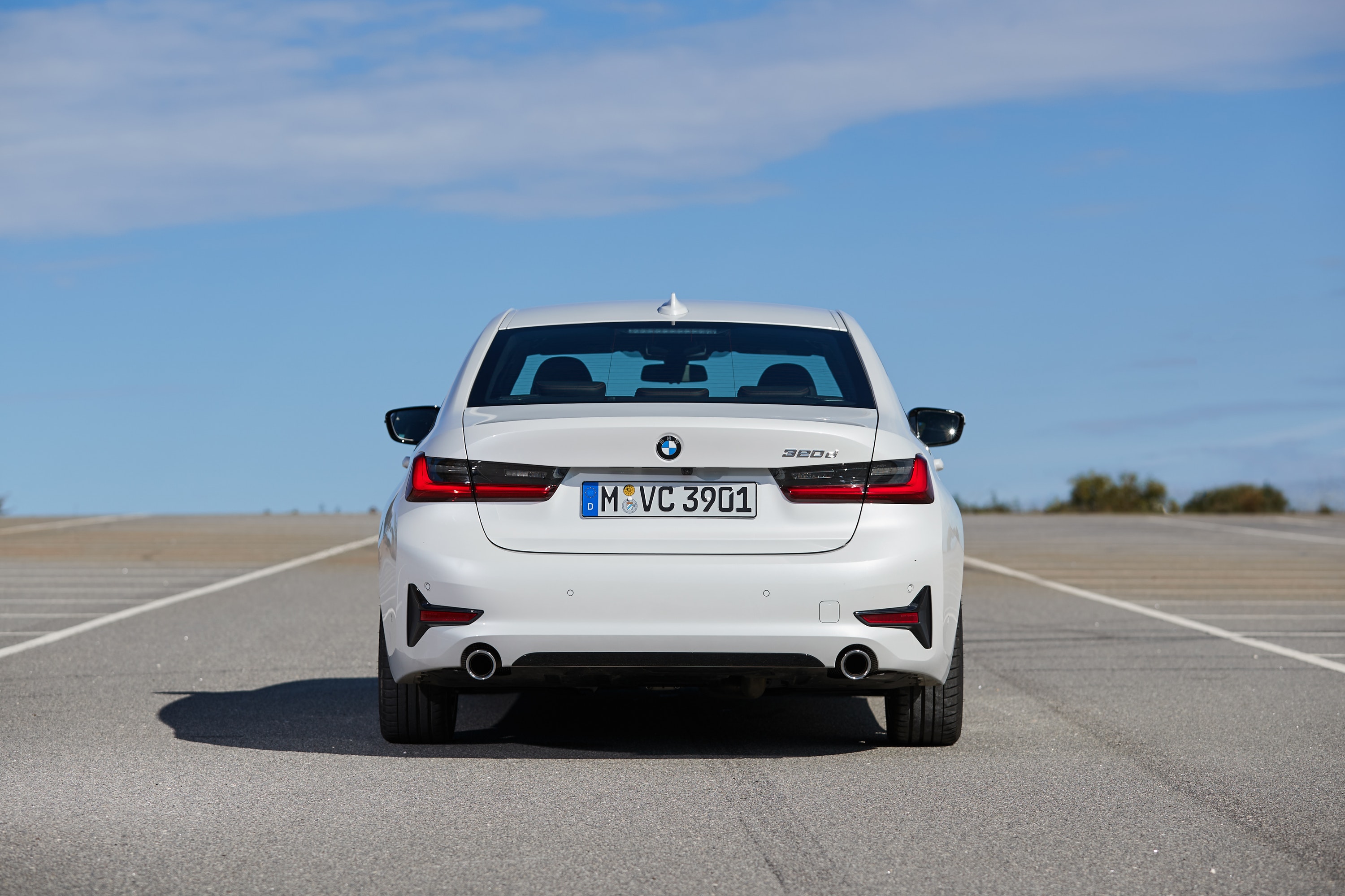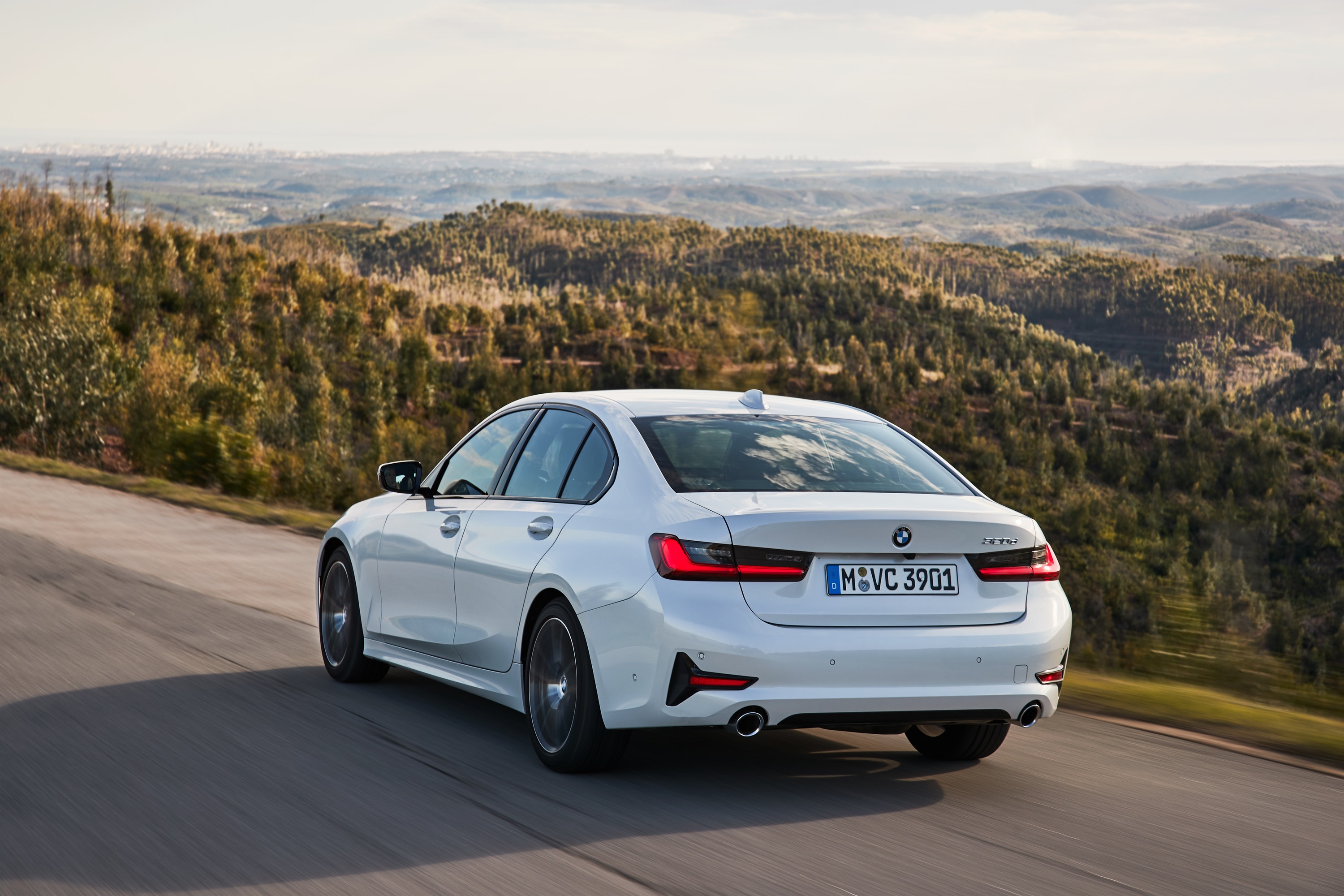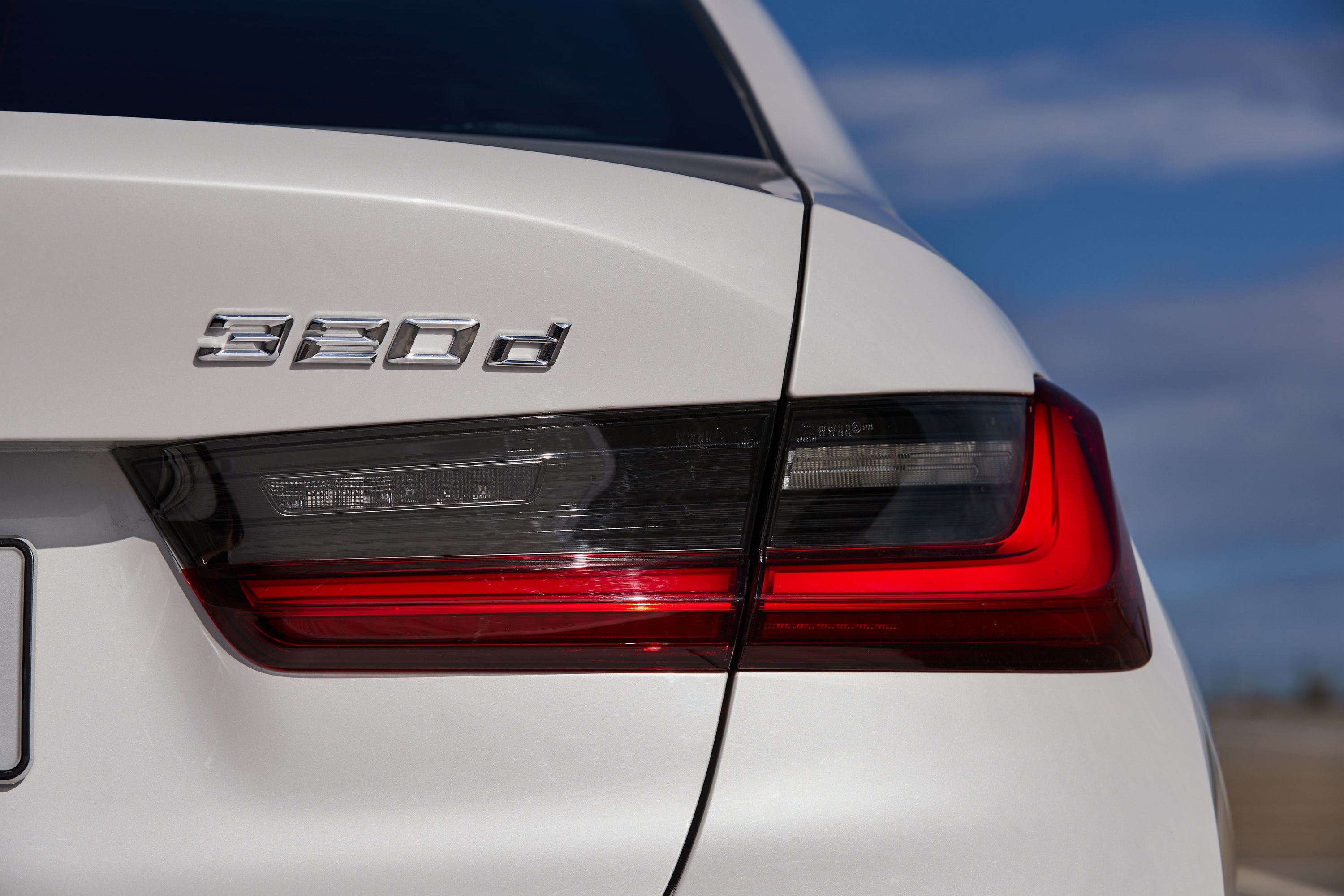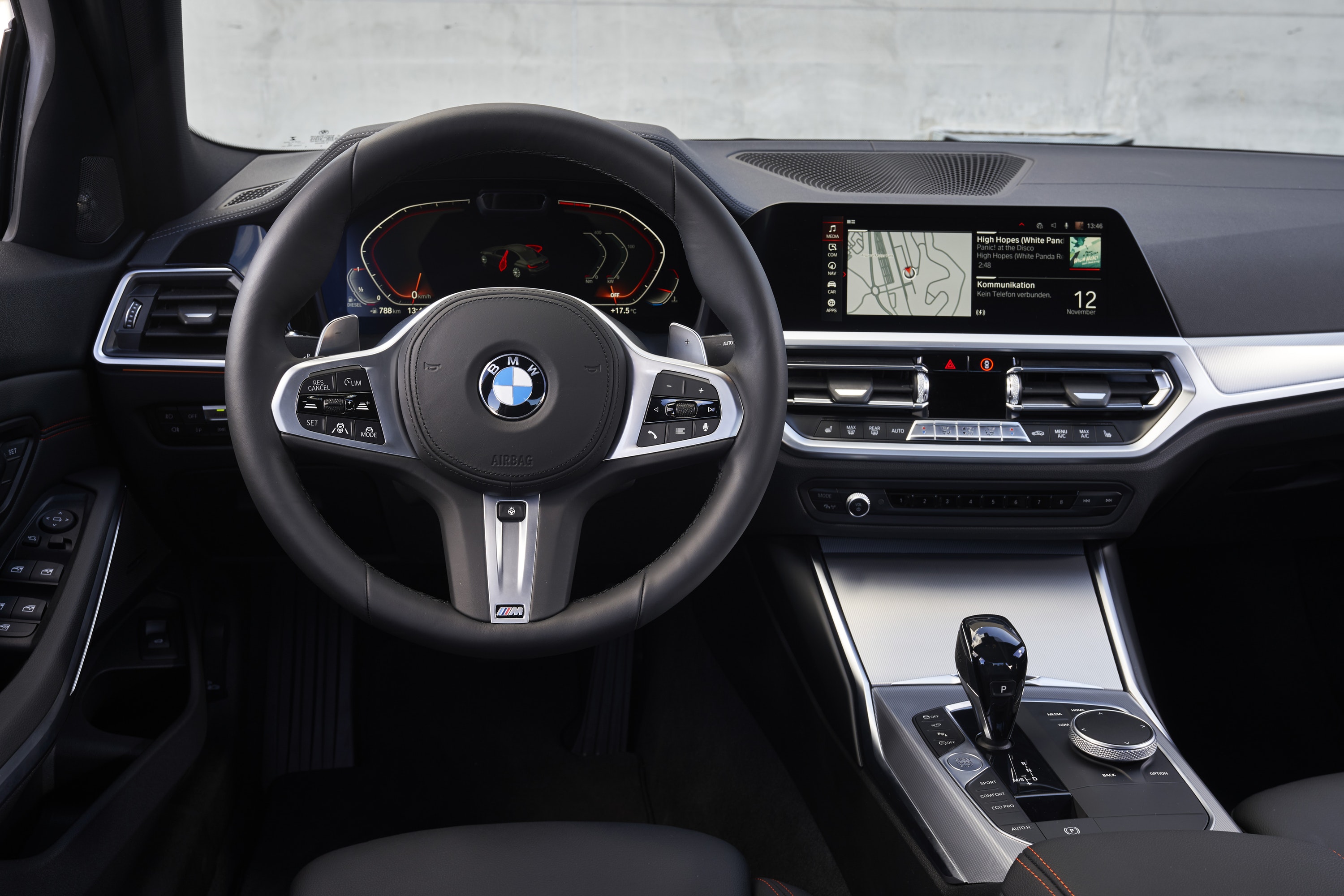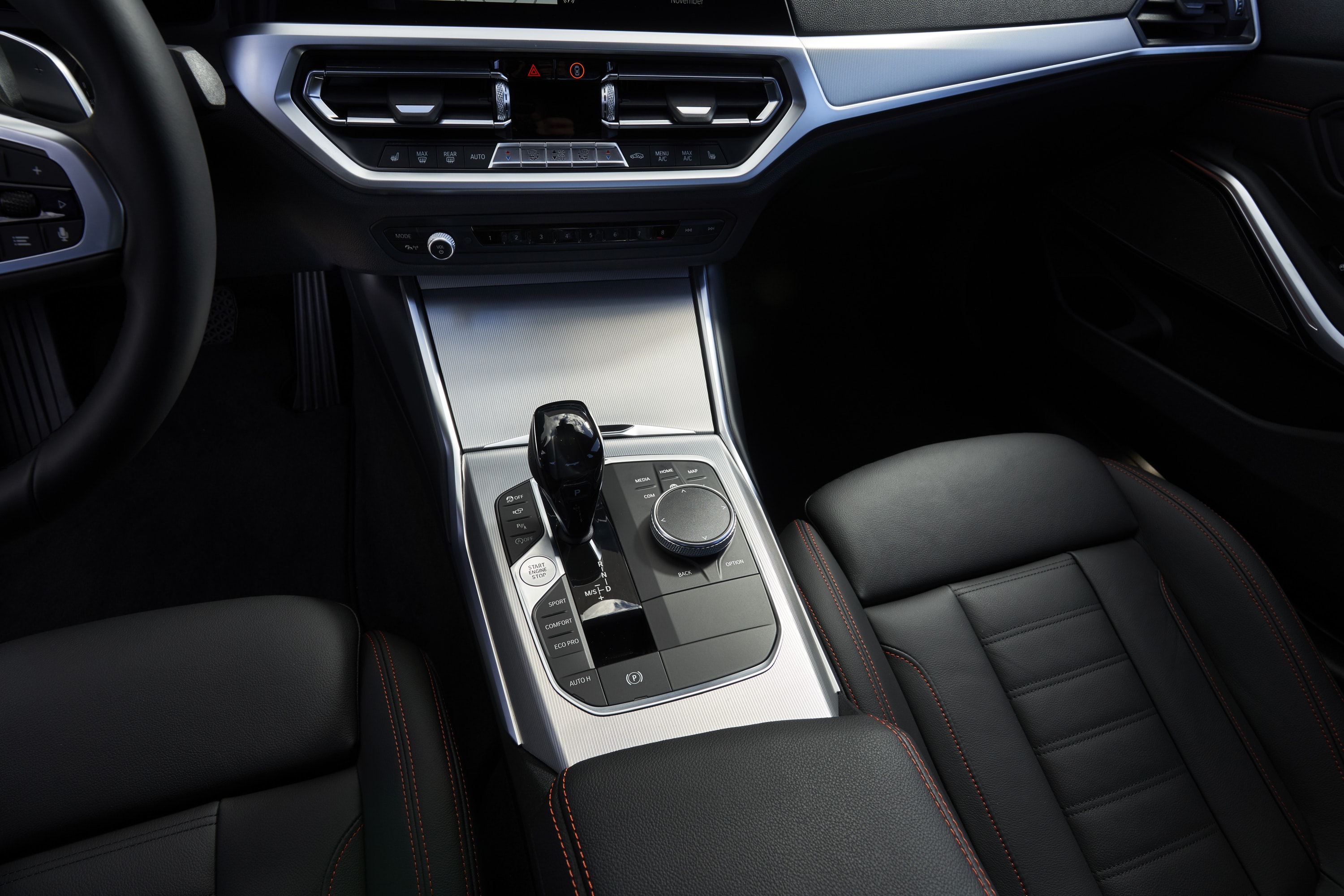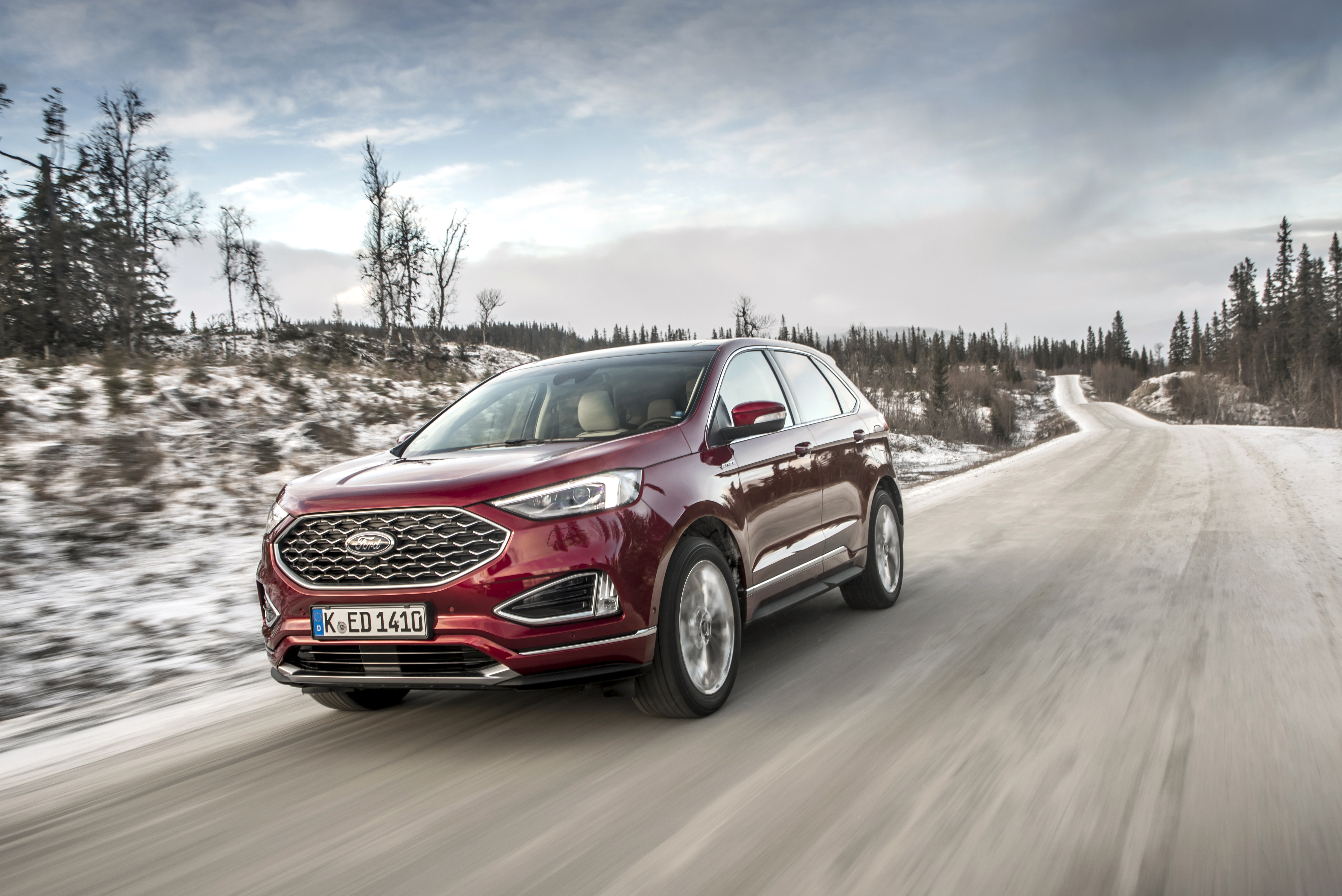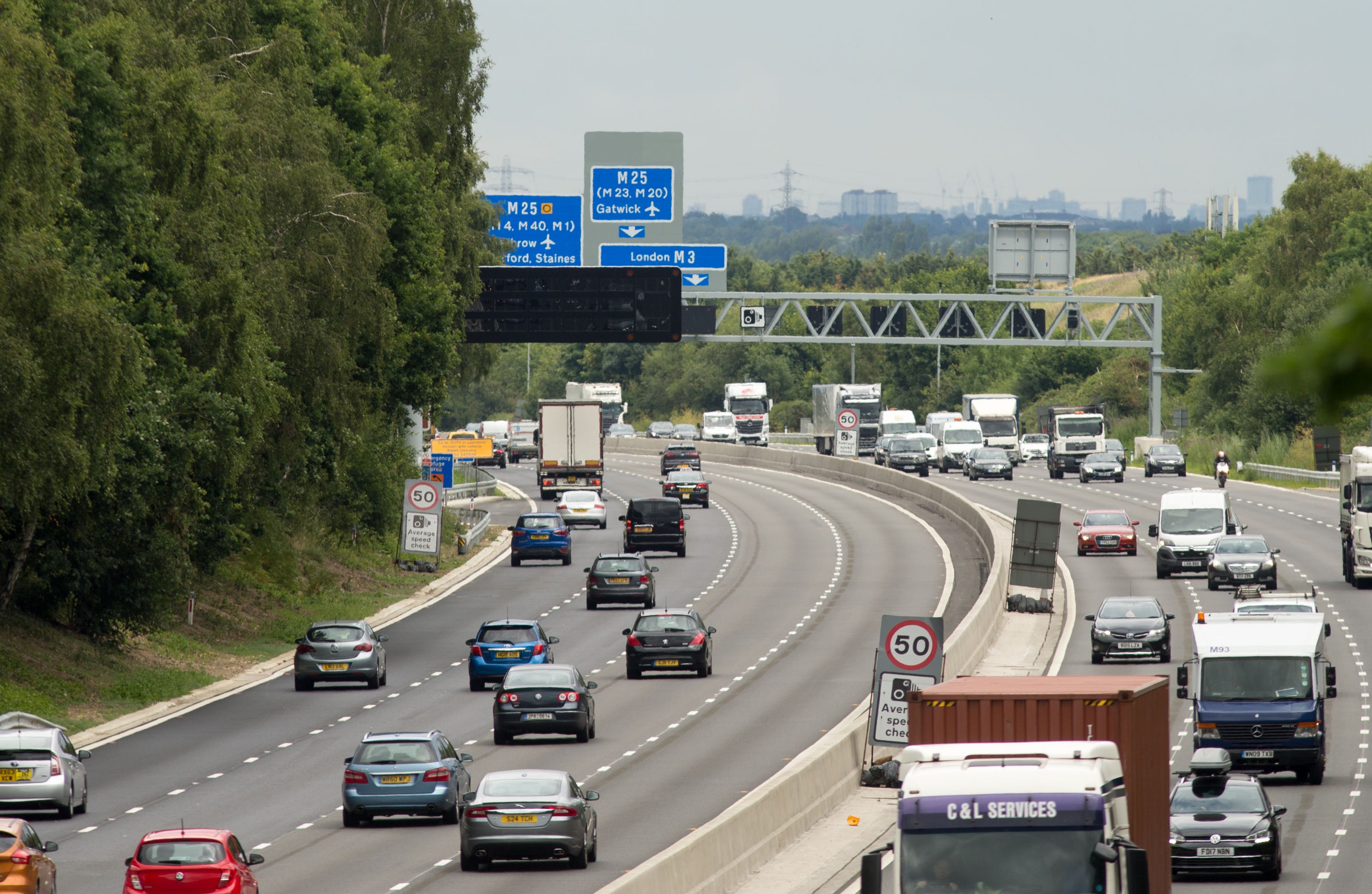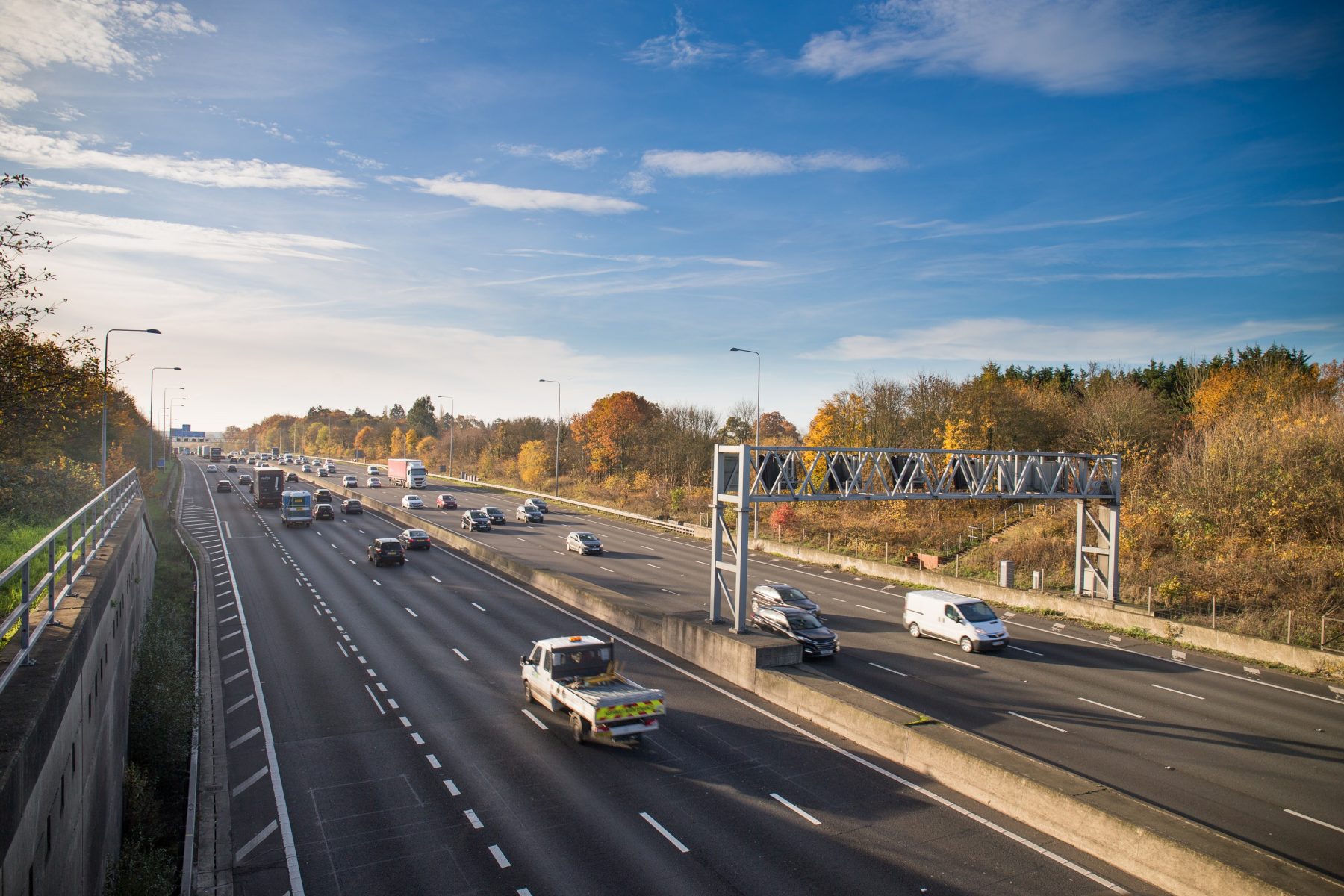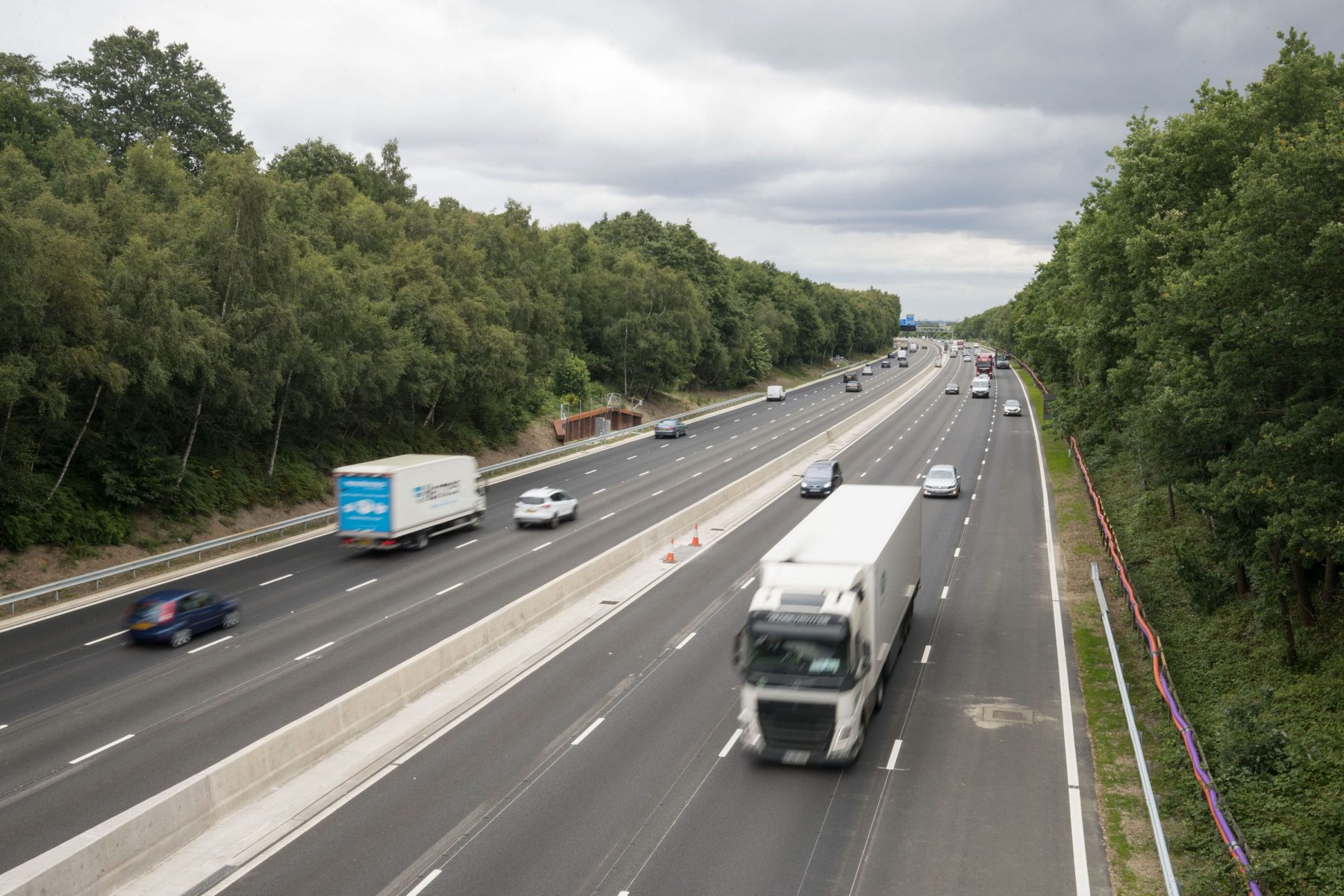What is it?
Ford’s range-topping Edge SUV brought all-American looks to UK shores back in 2016, and its uptake was reasonably strong. To continue its popularity, Ford has refreshed it for 2018, adding an updated design as well as a new engine and gearbox too. Though SUVs are ten a penny these days, Ford hopes that the Edge’s aggressive looks, strong equipment levels and roomy interior will ensure it stands out from the crowd. However, is it able to? We’re in Sweden to find out.
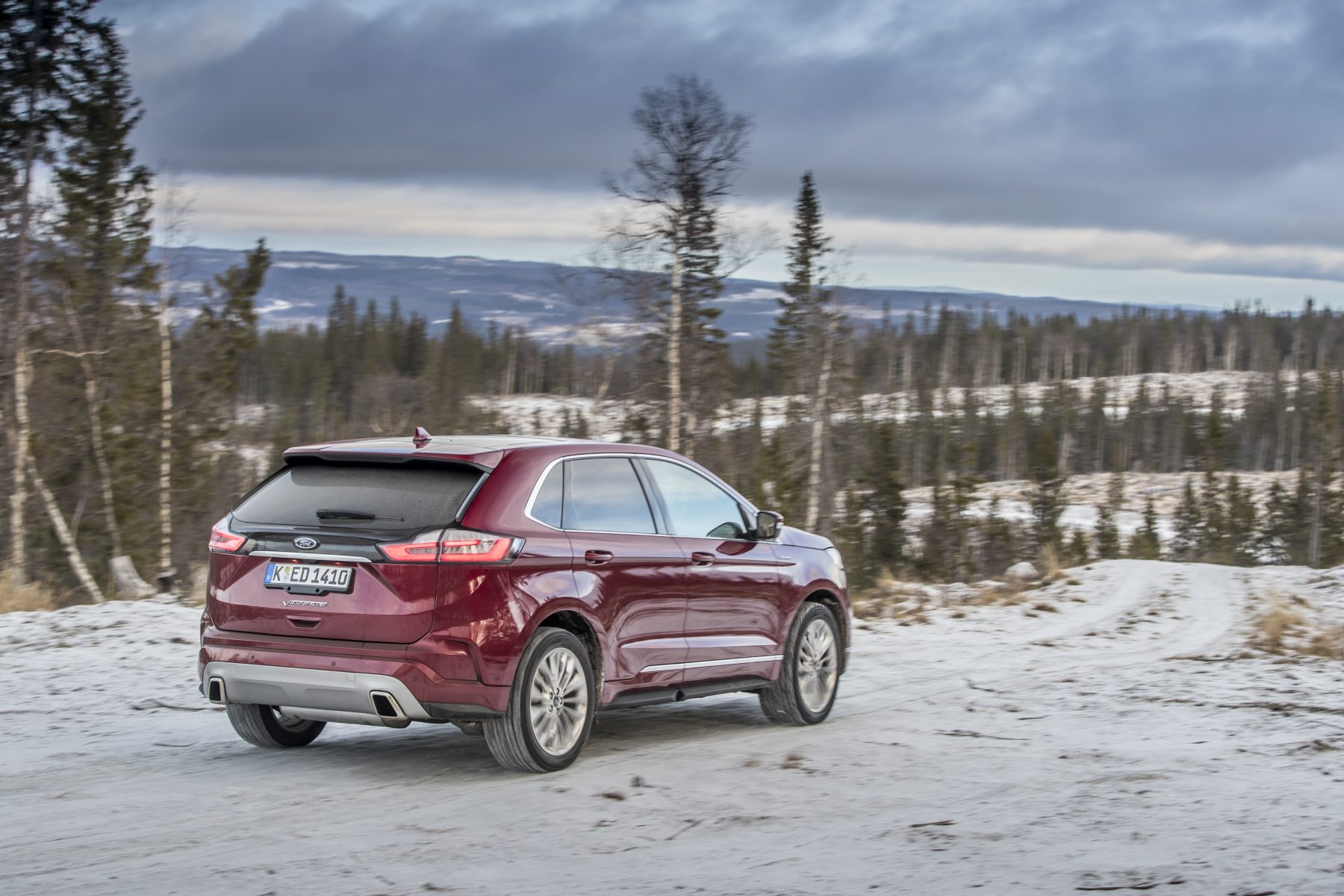
What’s new?
Make no mistake, this is no ground-up remodeling. Very much the facelift, the new Edge isn’t groundbreakingly different to the car it replaces, but this doesn’t mean that Ford has just fitted a new grille to the old Edge and left it at that. Yes, the looks have been refreshed, but there’s also a fresh bi-turbo diesel under the bonnet, along with a new gearbox too.
To keep things current, Ford has also graced the Edge with a range of cutting-edge assistance systems, along with its latest in-car technology. Improved refinement has been put high up the list of priorities too, which is why there’s a variety of features now included in the Edge to help keep things as quiet and as comfortable as possible.
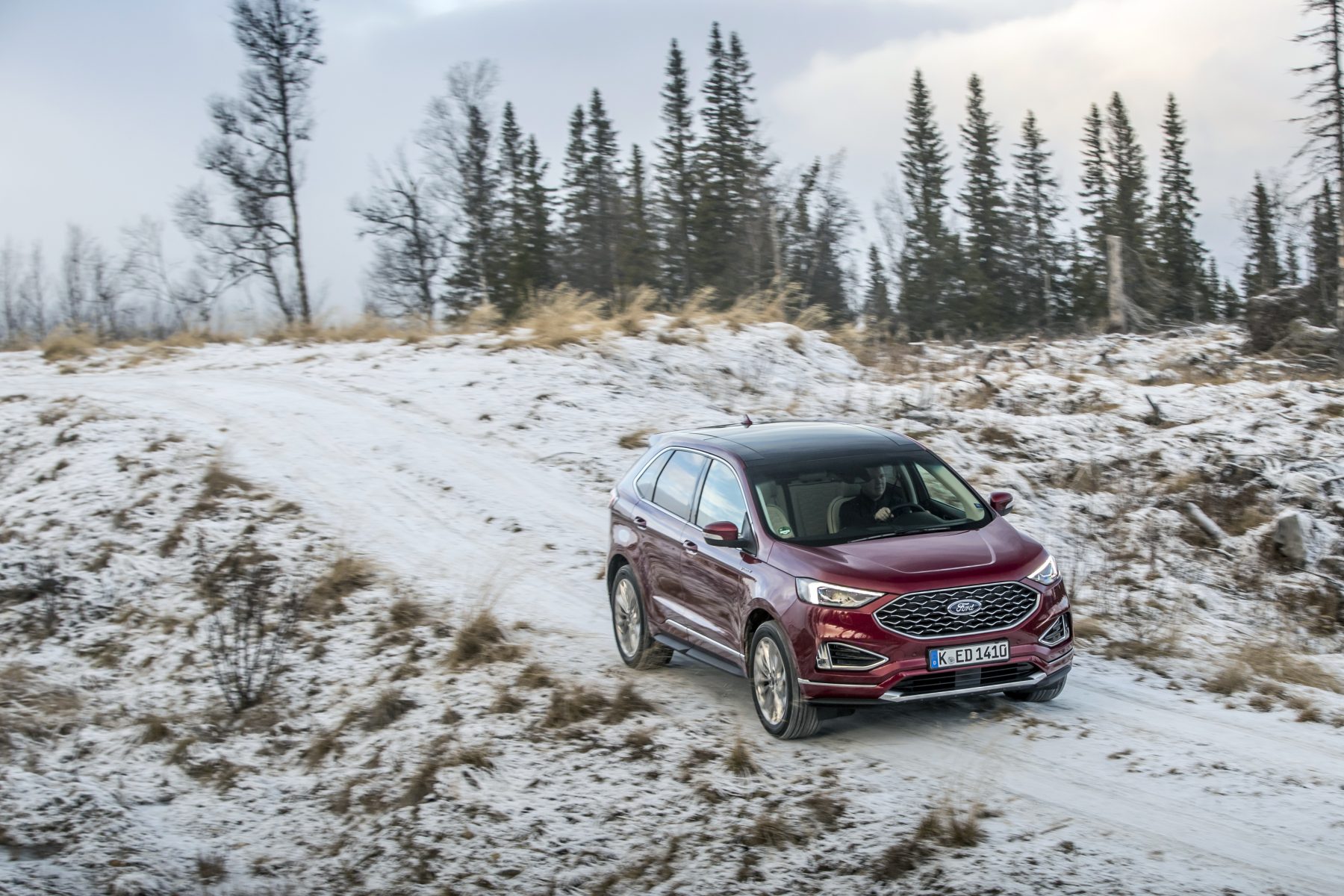
What’s under the bonnet?
As mentioned, one of the key additions to the new Edge is this 2.0-litre bi-turbo diesel engine. Despite being relatively small in terms of capacity, it produces an impressive 235bhp and 500Nm of torque, which is driven to the wheels via an eight-speed automatic gearbox and Ford’s ‘Intelligent’ all-wheel-drive system.
Ford claims that this engine can return the economy figures that you’d expect from smaller diesel, while pushing out far more power than you’d traditionally get. It seems that it’s achieved that, too; a claimed 40.9mpg combined is good for a car of this size, yet it’ll still hit 60mph in a respectable 9.4 seconds before reaching a top speed of 134mph. Emissions, however, still seem quite high at 180g/km CO2.
What’s it like to drive?
We test drove the Edge in range-topping Vignale spec, which rides on standard suspension. For those after a slightly sportier ride, then we’d opt for the newly-introduced ST Line version – this adds a sports suspension kit.
On the roads of our Swedish test route, the Vignale remained composed and unflappable. Even certain snowy and icy patches failed to unsettle it, with the car’s all-wheel-drive system shuffling power around all four wheels to maintain traction. Thanks to the inclusion of Noise Cancellation Technology it’s also very quiet when travelling at speed, too.
It’s worth mentioning that since the majority of our test route was conducted on snowy or icy roads, we’re going to have to wait to get the car in the UK to report back on its full dynamics. Initial impressions are good, however.
But the biggest feature is that new engine. Smooth and refined, it gives the Edge a far more premium drive than before. It’s also punchy, and when matched with the new (and very good) eight-speed automatic gearbox makes whisking the Edge up to motorway speeds an effortless task.
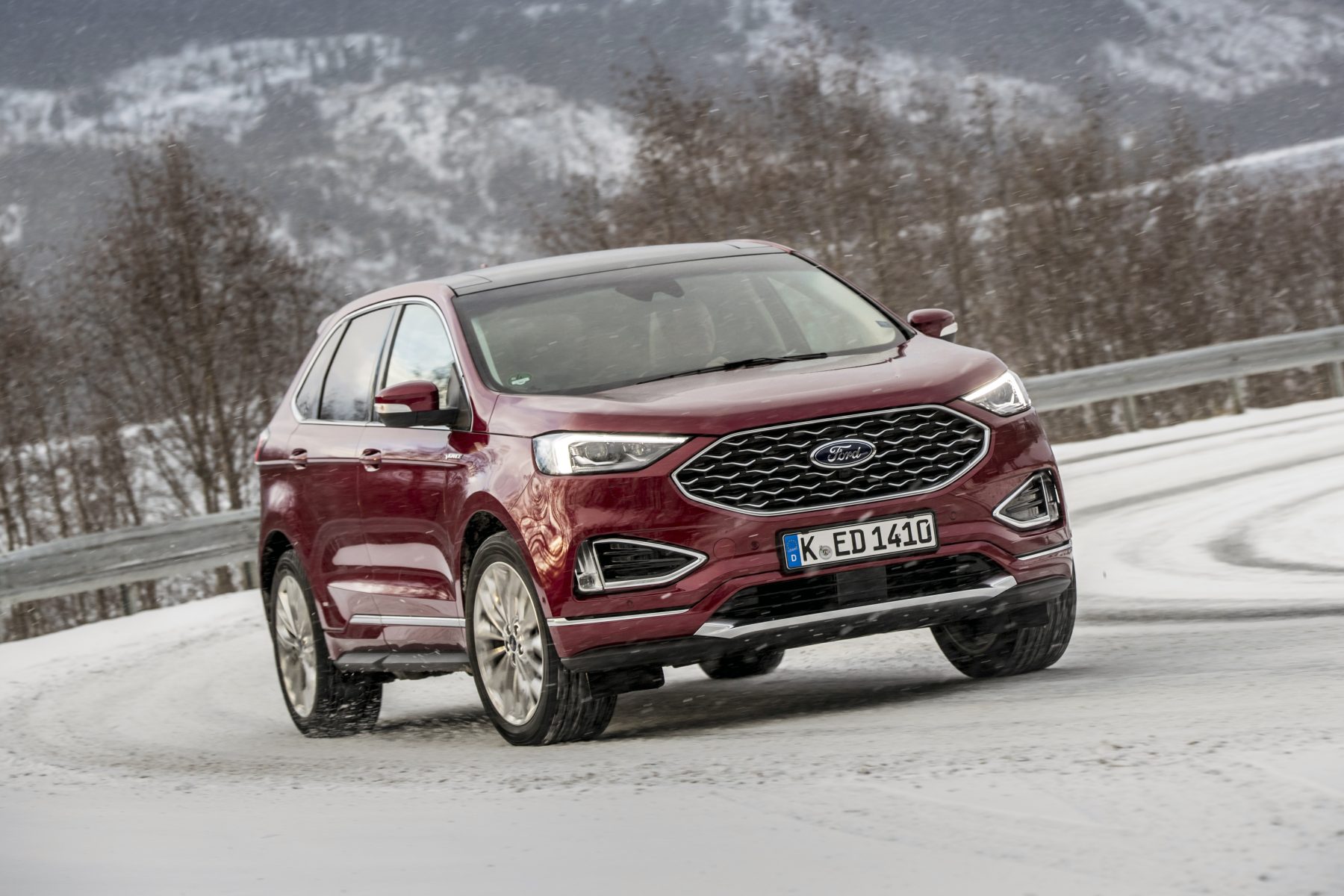
How does it look?
Though the Edge is a relatively new addition to the UK’s roads, it’s been on sale in America for some time now and this certainly shows when it comes to the car’s styling. It’s big, brash and square – but it does look good in the metal. Certainly, the new grille and revised rear lights give it even more presence than it had before and the 20-inch polished alloy wheels fitted to our test car only added to this.
How does it stack up against rivals in terms of looks? Pretty well, actually. Whereas many other manufacturers are leaning towards rounded, smooth designs the Edge’s blocky appearance does give it a certain amount of appeal. It’s likely to divide opinion, but that’s not such a bad thing in the SUV segment.
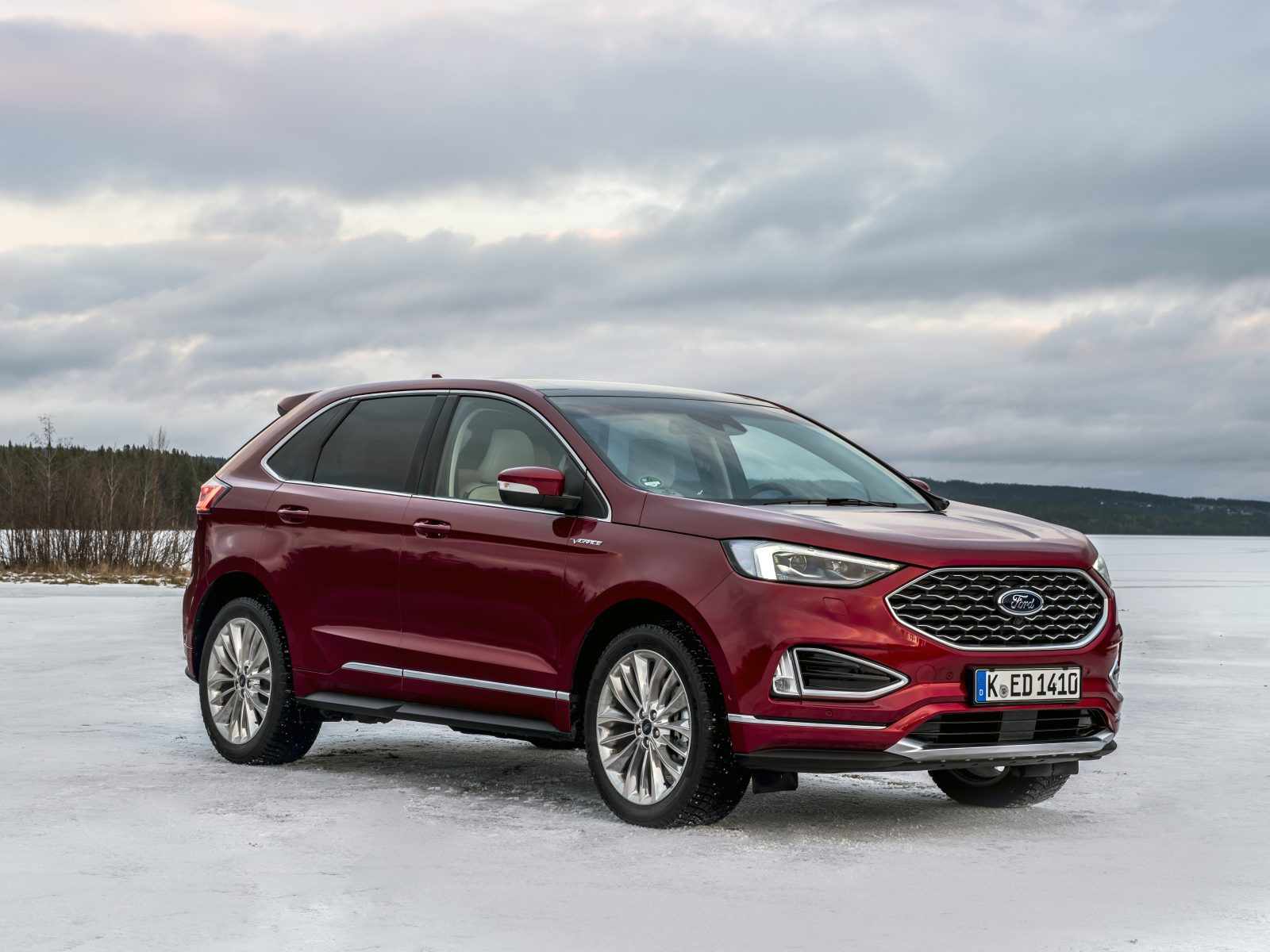
What’s it like inside?
As the top-of-the-range trim line, the Vignale specification means you get an interior with all the bells and whistles. There’s stitched leather on the dashboard, quilted leather heated (and cooled) seats and even illuminated kick plates. But the key aspects of the interior which you’ll find on all Edge models are good; there’s a great sense of airiness inside the car, while those in the back are treated to plenty of leg and headroom.
Cubbies and storage areas are plentiful, and though it’s let down in some areas by poorer quality plastics (the pop section at the top of the dashboard feels particularly flimsy) the cabin feels solidly made and of a good quality.
Because of its large overall size, the Edge can offer a cavernous boot too. There is 602 litres of space back there, which can be expanded to an impressive 1,847 litres by lowering the rear seats.
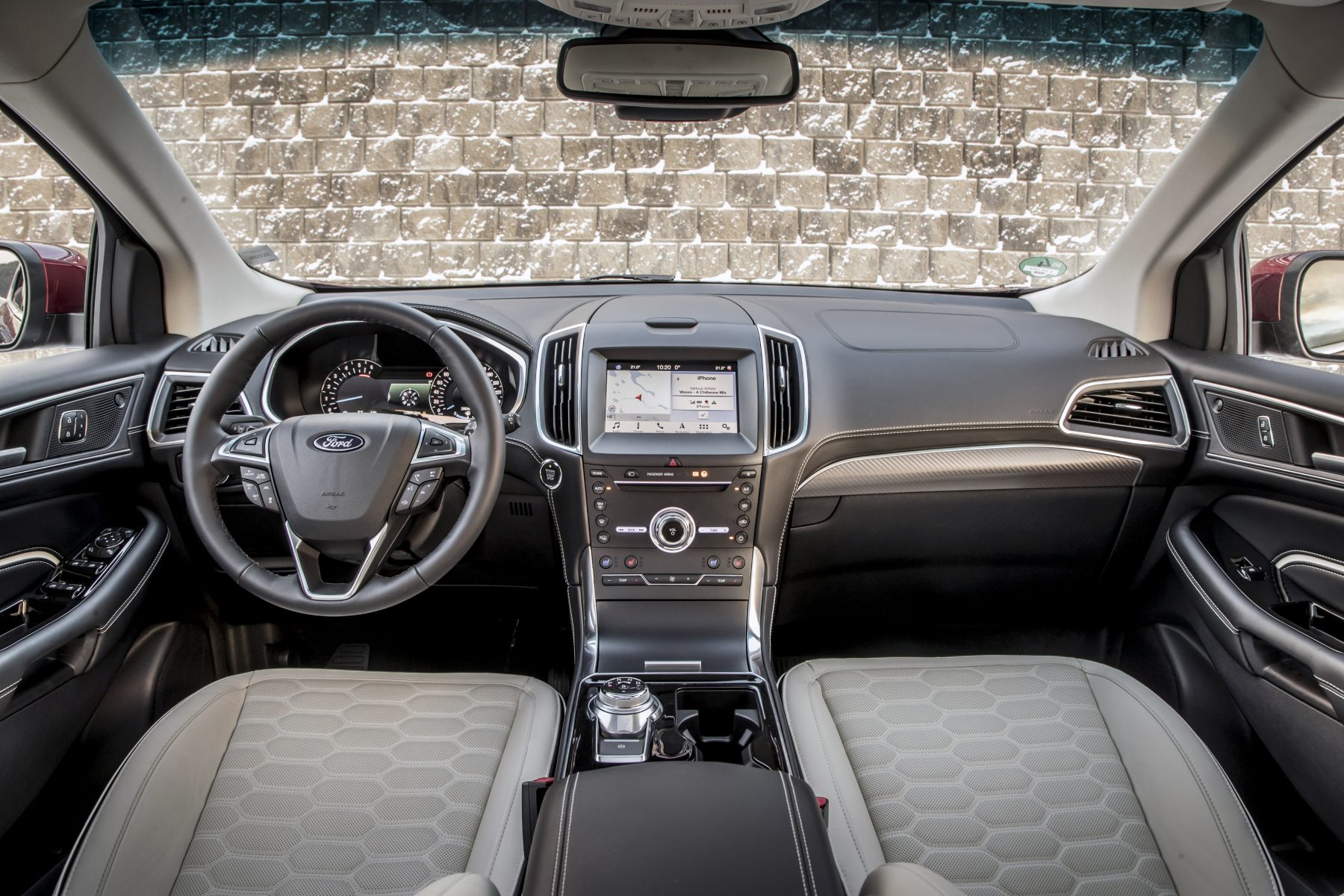
What’s the spec like?
Base Titanium specification Edge models are fitted with a strong amount of standard kit, with features such as 18-inch wheels, LED headlights and heated front seats all included as part of the car’s £36,995 price tag. At this price, the Edge makes a fair bit of sense – though it does come with the less powerful diesel engine driving just the front wheels alone.
Rocking in at £46,995, the Vignale does get all manner of extras over the base model. A leather-trimmed steering wheel, chrome roof rails and Matrix Adaptive LED headlights do make it stand out from the rest of the range, but these aren’t features which drastically alter the package.
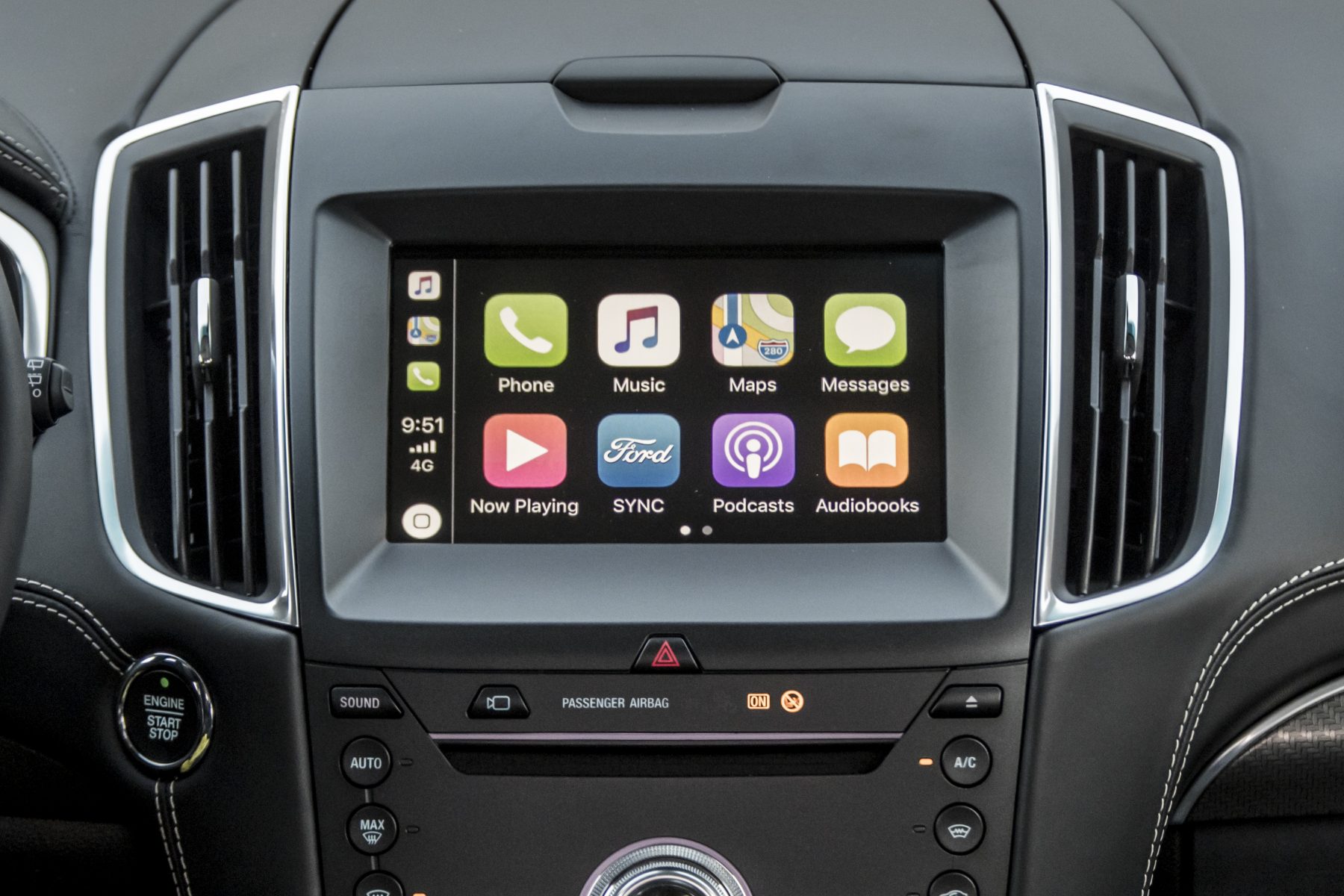
Verdict
When close to its entry price, the Edge makes a lot of sense. It’s comfortable, good to drive and can provide an awful lot of useable space – both in the cabin and the boot. The new bi-turbo engine suits the package down to the ground, and we’d argue that it’s easily one of the best features of this updated Edge. However, when the price tag nudges near the £50,000 mark the Edge doesn’t tally up quite as well, particularly when you consider how many premium offerings are currently on the market. Go for a low to mid-spec version and you may walk away with the keys; any higher than that and you may find a better deal elsewhere.
Facts at a glance
Model: Ford Edge Vignale
Price: £46,995
Engine: 2.0-litre diesel
Power (bhp): 235
Torque (Nm): 500
Max speed (mph): 134
0-60mph: 9.4 seconds
MPG: 40.9
Emissions (g/km): 180
